Warning ... yes, this is a long entry but an interesting one. I have been fortunate to undertake a full transit of the Panama Canal from what I call this "low" level. So join me on this photographic journey undertaking a virtual 11 hour transit of the Panama Canal as it is about to celebrate its 100th birthday.
The day started with a 6.30 am pick up to be taken 15 minutes away (no traffic!) to the end of the Amador Causeway and Isla Flamenco where at the marina we were "processed" before leaving at 7.30 am. A colour coded wrist band was given to us. This would be the order for us to eat our breakfast, lunch and snack and also which bus we would be in to come back.
Passed the signal tower high above Isla Flamenco. Ships radio in when they arrive. First in, first through ... they wait about a day.
We had to wait at sea nearly an hour for the pilot to board. During this time breakfast was served. I just happen to be passing the ship’s entrance when he boarded.
Passing the yet to be complete yet quite distinctive Canadian Frank Gehry Biomuseo which we were told represented the canopy of a tropical rain forest.
Passed by the Balboa Yacht Club where we had our farewell dinner last night and got a different perspective then under the Puente de Americas bridge.
Giant cranes marked where construction on the Pacific side was being done for the expansion of the canal and the building of the 3 sets of locks.
We made our way up to the 2 step Miraflores Lock following the Global Vanguard. Also in the lock beside the tugs was the Isla Morada.
http://www.nzherald.co.nz/travel/news/article.cfm?c_id=7&objectid=10800835
Al Capone's ship holds sway on the Panama Canal
Some 270 ships pass each week through the Panama Canal, but one now gives tourists the chance to experience the storied waterway on the Isla Morada, Al Capone's legendary rum-runner.
The wooden ship, famous for smuggling liquor for the US mobster during the prohibition era, turned 100 this year and has been refurbished for guided tours of the canal's locks and shoreline wildlife.
The 94-tonne, 96-metre-long Isla Morada began sailing in March 1912 under the name the "Santana," and has since earned the distinction of having passed through the Canal more than any other as the oldest vessel still on duty.
Capone (1899-1947) spared no expense on the original fittings of his rum-runner, giving it five luxury bedrooms, a lavish mahogany dining room, even a library.
The ship, tourist guide Juan Carlos Villareal said, "was used for smuggling rum and whiskey from the Dominican Republic and Cuba to an island in (Florida's) Key West".
For US$165 (NZ$201) for a full 80 kilometre trip or US$115 for a shorter version, visitors get to go through the canal, but are also transported back to a time when the boat supplied an underground world, shipping black market booze back to the hidden speakeasies of Capone's Chicago.
After Capone was busted in the early 1930s for tax evasion and shipped off to the notorious Alcatraz prison in San Francisco Bay, the Isla Morada ('Purple Island') was requisitioned for use in World War II by the US Navy.
Brought back to Panama in the 1960s to serve as a floating hotel for sport fishing, it was later acquired by present owners Canal and Bay Tours, which run the canal cruises three or four times a week.
"I imagine all the things that happened on this ship," said 21-year-old passenger Vanesa Lopez. It is thrilling to be "part of a history that a lot of people know from the movies," she said.
Tour promoters said Hollywood stars Steve McQueen, John Wayne, Errol Flynn and James Garner are among the famous names to have graced the ship's deck.
Not everyone is happy with the emphasis on the ship's gangster past.Ecuadoran engineer Manuel Rivera said it troubled him how "much importance is given to Al Capone," adding "he was evil and he is dead now."
But Rodolfo Lam, a Panamanian who guides ships through the canal, dismissed such objections, saying "countries are full of Al Capones".
The viewing decks of the Miraflores Visitor Centre were full of people looking down and watching us ascend the 2 sets of locks.
It was out and across Lake Miraflores passing the floating gate which is used for repairs on the gates.
Lunch was served according to the colour wrist bands while we cruised towards the next set of locks. At the Pedro Miguel Lock we were lifted up the final step to Lago or Lake Gatun.
Then passing firstly under the Centennial Bridge and through the narrowest part of the canal at Guillard Cut.
Continual dredging and widening is being done for both landslips and the new canal.
Stopped at Gamboa to let off the photographer, lady who dressed in traditional costume plus those doing the partial crossing before heading across Lago or Lake Gatun.
Saw Herman the German WWII crane which will no doubt still be working in another 50 years.
Passing the cargo ships going the other way it took us an hour till we got to the Gatun locks where the Da Chang had been waiting for an hour for us. We went in front as we descended this 3 sets of locks.
If the Da Chang had gone through then we would have had to wait for the next ship!
Half way through the decending of the 3 set of locks it was announced that "snacks" would be available ... yes, I waited till we had left the last lock and there was still some food left.
It was 5.30 pm when we left the last lock and made our way across to Colon passing up on land some of the new Italian made locks just delivered! Impressive.
It took 45 minutes to made our disembarkation port at Colon then onto the bus for the hour long return trip to the departure point at the Flamenco marina.
It was simply an impressive day on the Canal. Hard to imagine what it was like 99 years ago when first built … mind blowing using the then most modern technology available. For example they choose to use electric motors by GE. They could have used steam power back then.
It was simply an amazing day out undertaking a full transit of the Panama Canal taking some 11 hours today - longer than usual because of the lengthy delay in picking up the pilot. This full transit trip is only done on Saturday.
I had wanted to see and understand a bit about the new canal that is being built. As I said at the beginning of this blog ... hearing about the Panama and Suez Canal as a boy has in some ways always fascinated me. Now I have the opportunity to transit it. Next time on a cruise ship and get a "high" view from the top deck? However I think that this "low" view is much better! Or else perhaps on the Sea Cloud 2.
This section is information mainly given by the guide on board our boat ...
General Facts and Figures
It is 50 miles / 80 kilometres across from coast to coast.
Tide variation
Pacific Ocean side - 20 feet and on the Atlantic Ocean / Caribbean Sea side - just 1 ½ feet. No, they could not just build a channel at sea level all the way through. If they did it would be ideal for all year round white water rafting!
Three steps of 85 feet in total is needed to get up to Lake Gatun.
Why are they building a new canal next to the current one?
Because 35 % of the world’s ships can not fit through the existing locks.
Currently six percent of the world trade comes through the canal.
Started in September 2007, one new lane is being built in addition to the existing 2 lanes that will be celebrating its 100 years of operation this year.
A consortium is building the $5.2 billion expansion: Italy the lock gates, Belgium the dredging and Panama the locks with the Spanish the overall builders. It is schedule to take 7 years to build. Now 73 % complete. The locks are not complete yet. Even with the projected increase in the price of steel and labour factored into the original contract, currently the main Spanish contractors are in dispute with the Panama authorities with unforeseen cost overruns. Whatever these are have not been substantiated. I expect it to go to arbitration. It is now reveal that this Spanish company has traditionally under bid previous contracts. Late last year 10,000 were on the payroll. Now it is down to just 2,000. A slow down of work has already begun.
Once the news of a new canal was confirmed, ship owners already started designing their new ships to fit the new set of wider locks.
How are vessels charged for going through the canal?
By cargo type, tonnage and length. Our 120 foot ship cost US $4,000 per passage with or without passengers. The largest passenger ship, Norwegian Pearl that went through in 2012 had to pay US $ 419,000. Ships over 125 feet need to be tied by wire to a electric mule on either side of the canal.
All ships going through need a pilot. Even a small sailing boat needs one.
While several people have swan the Panama Canal http://www.czbrats.com/Articles/swim.htm perhaps the most famous swim, or the one that received the most publicity at the time, was made in 1928 by author-adventurer Richard Halliburton, well-known travel writer of his day. He was accompanied by a rowboat behind him carrying a rifleman in addition to the rowboat operator.
Written permission was given by Gov. M.L. Walker who agreed to having a small launch, a cameraman, a newspaper reporter and an expert rifleman accompany the swimmer through the Canal. In turn, Halliburton accepted all liabilities of the trip, both to himself and "any damage he might do the Canal."
Halliburton completed the swim in about 10 days and set some kind of precedent by being the first swimmer to be locked through all three sets of locks. His actual swimming time was about 50 hours.
Newspaper accounts said "it required as much mechanical labuor to bring Halliburton, the lightest ship in Canal history, through the locks as it did for the 40,000-ton airplane carrier Saratoga, the heaviest. Charges for the passage were made in accordance with the ton rate, and Halliburton, weighing 150 pounds, paid just 36 cents which still remains as a record low."
Why such a long Amador causeway?
The 3 mile causeway linking the mainland with the 3 islands (Isla Naos, Isla Perico & Isla Flamenco) was built from the dredging tailings. More importantly it serves as a breakwater as well.
How many ships go through the canal?
On average 42 ships each day. Annually about 16,000 a year.
Once a ship arrives at either side of the canal, it radio that they are there and wait. It is generally a 24 hour wait before a passage is possible.
Normally the larger ships go through in daylight. The narrowest point in the Guillard Cut is one way only. At nights with smaller ships, it is 2 way. In the morning from both sides, Pacific and Atlantic Ocean, ships climb up the 3 steps up to Lake Gatun, pass through it then descend to the other side. Both sets of lanes are independent so ships can either be going in the same direction or different ones at the same time.
A typical car carrier carries some 5,990 vehicles. It is a floating parking lot.
Why are there so many container cranes on either side of the canal?
An average current Panamax container ship carries some 5,000 containers. If not all containers are needing to go through to the other ocean, it is often more economical to off load containers on one side, train it to the other side and then load them another ship. It also saves time as well.
Post Panamax container ships now carry some 15,500 containers, hence why a wider and longer third lane canal is being built.
How does the locks work?
It takes 26 million gallons of fresh water each time a lock is filled or emptied.
54 foot of water from the upper to lower chambers. 27 feet up and 27 foot down to equalise.
No pumps are needed. All done by gravity.
26 million x 6 locks x 42 ships a day x 52 weeks = enough water is used daily that New York uses in a month. With Panama receiving rainfall 9 months a year, no extra water is needed. In fact Lake Gatun needs to spilled some of tis water in high rainfall. This water also generates hydro electricity. This area gets 16 feet of rain fall water a year.
It takes 8 minutes to fill or drain a lock.
Just 24 inches clearance on each side between the ship and canal wall.
At each end of the canal birds gather. Why? When the fresh water from the locks meets the salt water of the 2 oceans, the fresh are stunned momentarily. It is like a fresh sushi bar for them.
Size of the locks
Current locks = 1000 x 110 meaning current ships can be 965 x 106 feet.
The new locks will be 1400 long and 180 wide.
Gates
Just a 25 horse power motor is needed for each gate. It is metal to metal. The water pressure holds it tight. Once at the same water level on both side the water pressure is equalised so is easy to open.
Each gate weighs 730 tons and takes 1 minute to close. The new gates will weigh 35,000 tons and take 5 minutes to open or close.
Mules
The current electric mules are 3rd generation. Mules are the machines on the tracks on both sides of the lock walls besides the ships holding the wire rope tight keeping the ship away from the side of the locks.
Tugs
Tugs charge US $3,000 per hour. Each ship needs one behind to assist if need be. This is a separate charge. Mandatory for ships to have this plus a pilot.
Bridges
Where the Bridge of America is now, it was once a ferry crossing. The piles can still be seen. Built in 1962 for US $20 million by the Americans: 5,420 feet long and 216 feet above the water level. It looks so much like the Auckland Harbour Bridge.
The second bridge we went under was the Centennial Bridge.
The Bridge of the Americas, which opened in 1962, was the only major road crossing of the Panama Canal. The traffic over this bridge was originally around 9,500 vehicles per day; however, this expanded over time, and by 2004 the bridge was carrying 35,000 vehicles per day.
It opened for traffic on 2 September 2005, when the new highways leading to it were finished
The bridge is a cable-stayed design with a total span of 1,052 m / 3,451ft. The main span is 420 m 1,380 ft and clears the canal by 80 m / 262 ft, allowing large vessels to pass below it. The bridge is supported by two towers, each 184 m / 604 ft high. The deck carries six lanes of traffic across the canal
The Centennial Bridge is designed to withstand the earthquakes which are frequently recorded in the canal area.
The West Tower was built about 50 m inland to allow space for the future widening of the Panama Canal. Thanks Mr Wikipedia.
Crane
Herman, the crane was built by the German for WWII and eventually after several owners sold to the Panama Canal Authority for just US 1. However it cost US $3 m to get it to Panama.
It was the same crane that Howard Hughes used to lift his famous Spruce Goose out of the water.
Enough of what the guide told us … now for Wikipedia’s version.
The Panama Canal is a 48-mile / 77.1 km ship canal in Panama that connects the Atlantic Ocean (via the Caribbean Sea) to the Pacific Ocean. The canal cuts across the Isthmus of Panama and is a key conduit for international maritime trade. There are locks at each end to lift ships up to Gatun Lake (85 feet / 26 m above sea-level). The Gatun Lake was used to reduce the amount of work required for a sea-level connection. The current locks are 110 feet / 33.5 m wide. A third, wider lane of locks is being built.
Work on the canal, which began in 1881, was completed in 1915, making it no longer necessary for ships to sail the lengthy Cape Horn route around the southernmost tip of South America (via the Drake Passage) or to navigate the dangerous waters of the Strait of Magellan. One of the largest and most difficult engineering projects ever undertaken, the Panama Canal shortcut made it possible for ships to travel between the Atlantic and Pacific Oceans in half the time previously required. The shorter, faster, safer route to the U.S. West Coast and to nations in and along the Pacific Ocean allowed those places to become more integrated with the world economy.
During this time, ownership of the territory that is now the Panama Canal was first Colombian, then French, and then American before coming under the control of the Panamanian government in 1999. The Panama Canal has seen annual traffic rise from about 1,000 ships when it opened in 1914, to 14,702 vessels in 2008, the latter measuring a total of 309.6 million Panama Canal/Universal Measurement System (PC/UMS) tons. By 2008, more than 815,000 vessels had passed through the canal, many of them much larger than the original planners could have envisioned; the largest ships that can transit the canal today are called Panamax. The American Society of Civil Engineers has named the Panama Canal one of the seven wonders of the modern world.
An enlargement scheme similar to the 1939 Third Lock Scheme, to allow for a greater number of transits and the ability to handle larger ships, has been under consideration for some time, has been approved by the government of Panama, and is in progress, with completion expected in 2014. The cost is estimated at US$5.25 billion, and the project will double the canal's capacity, allowing more traffic and the passage of longer and wider ships. This proposal to expand the canal was approved in a national referendum by approximately 80% on October 22, 2006.
Third set of locks project - Panama Canal expansion project
The current plan is for two new flights of locks to be built parallel to, and operated in addition to, the old locks: one east of the existing Gatun locks, and one southwest of the Miraflores locks, each supported by approach channels. Each flight will ascend from sea level directly to the level of Gatun Lake; the existing two-stage ascent at Miraflores and Pedro Miguel locks will not be replicated. The new lock chambers will feature sliding gates, doubled for safety, and will be 1,400 ft / 427 m long, 180 ft / 55 m wide, and 60 ft / 18.3 m deep. This will allow the transit of vessels with a beam of up to 160 ft / 49 m, an overall length of up to 1,200 ft / 366 m and a draft of up to 49 ft / 15 m, equivalent to a container ship carrying around 12,000 containers, each 20 feet / 6.1 m in length (TEU).
The new locks will be supported by new approach channels, including a 6.2 km / 3.9 mi channel at Miraflores from the locks to the Gaillard Cut, skirting Miraflores Lake. Each of these channels will be 720 ft / 218 m wide, which will require post-Panamax vessels to navigate the channels in one direction at a time. The Gaillard Cut and the channel through Gatun Lake will be widened to at least 920 ft / 280 m on the straight portions and at least 1,200 ft / 366 m on the bends. The maximum level of Gatun Lake will be raised from 88 ft / 26.7 m to 89 ft /27.1 m.
Each flight of locks will be accompanied by nine water reutilization basins (three per lock chamber), each basin being approximately 230 ft / 70 m wide, 1,400 ft / 430 m long and 18 ft / 5.50 m deep. These gravity-fed basins will allow 60% of the water used in each transit to be reused; the new locks will consequently use 7% less water per transit than each of the existing lock lanes. The deepening of Gatun Lake and the raising of its maximum water level will also provide significant extra water storage capacity. These measures are intended to allow the expanded canal to operate without the construction of new reservoirs.
The estimated cost of the project is US$5.25 billion. The project is designed to allow for an anticipated growth in traffic from 280 million PC/UMS tons in 2005 to nearly 510 million PC/UMS tons in 2025. The expanded canal will have a maximum sustainable capacity of approximately 600 million PC/UMS tons per year. Tolls will continue to be calculated based on vessel tonnage, and will not depend on the locks used.
The new locks are expected to open for traffic in 2015. The present locks, which will be 100 years old by that time, will then be able to give engineers greater access for maintenance, and are projected to continue operating indefinitely.
On September 3, 2007, thousands of Panamanians stood across from Paraíso Hill in Panama to witness a huge initial explosion and launch of the Expansion Program. The first phase of the project will be dry excavations of the 218 meter / 715 ft wide trench connecting the Gaillard Cut with the Pacific coast, removing 47 million cubic meters of earth and rock. By June 2012, a hundred-foot-tall reinforced concrete monolith had been completed, the first of 46 such monoliths which will line the new Pacific-side lock walls. By early July 2012, however, it was announced that the canal expansion project had fallen six months behind schedule, leading the expansion to open in April 2015 rather than October 2014, as originally planned. Thanks Mr Wikipedia.
You made it this far so here is the full photographic transit ...
Panama Canal full transit
Saturday, January 11, 2014
 Miraflores, Panamá, Panama
Miraflores, Panamá, Panama
Other Entries
-
141Manuel Antonio National Park - morning guided walk
Jan 047 days prior Manuel Antonio National Park, Costa Ricaphoto_camera48videocam 0comment 0
Manuel Antonio National Park, Costa Ricaphoto_camera48videocam 0comment 0 -
142Manuel Antonio National Park self guided walk
Jan 047 days prior Manuel Antonio National Park, Costa Ricaphoto_camera62videocam 0comment 0
Manuel Antonio National Park, Costa Ricaphoto_camera62videocam 0comment 0 -
143Sunset from high up @ El Avion, Manuel Antonio
Jan 047 days prior Manuel Antonio, Costa Ricaphoto_camera51videocam 0comment 0
Manuel Antonio, Costa Ricaphoto_camera51videocam 0comment 0 -
144HIGHLIGHTS Sat 4 Jan: Manuel Antonio
Jan 056 days prior Manuel Antonio National Park, Costa Ricaphoto_camera46videocam 0comment 0
Manuel Antonio National Park, Costa Ricaphoto_camera46videocam 0comment 0 -
145Manuel Antonio back to San Jose
Jan 056 days prior San Jose, Costa Ricaphoto_camera26videocam 0comment 0
San Jose, Costa Ricaphoto_camera26videocam 0comment 0 -
146San Jose to Bocas del Toro on the Caribbean Sea
Jan 065 days prior Bocas Town, Panamaphoto_camera132videocam 0comment 0
Bocas Town, Panamaphoto_camera132videocam 0comment 0 -
147HIGHLIGHTS Mon 6 Jan: San Jose > Bocas del Toro
Jan 065 days prior Bocas Town, Panamaphoto_camera30videocam 0comment 0
Bocas Town, Panamaphoto_camera30videocam 0comment 0 -
148Catamaran sailing on the Caribbean Sea
Jan 074 days prior Bocas Town, Panamaphoto_camera61videocam 0comment 0
Bocas Town, Panamaphoto_camera61videocam 0comment 0 -
149HIGHLIGHTS Tues 7 Jan: Catamaran sailing Bocas
Jan 083 days prior Bocas Town, Panamaphoto_camera12videocam 0comment 0
Bocas Town, Panamaphoto_camera12videocam 0comment 0 -
150Bocas del Toro or Bocas Town to Boquete
Jan 083 days prior Boquete, Panamaphoto_camera64videocam 0comment 1
Boquete, Panamaphoto_camera64videocam 0comment 1 -
151HIGHLIGHTS Wed 8 Jan: Bocas del Toro > Boquete
Jan 083 days prior Boquete, Panamaphoto_camera9videocam 0comment 0
Boquete, Panamaphoto_camera9videocam 0comment 0 -
152Ruiz Coffee Tour
Jan 092 days prior Boquete, Panamaphoto_camera165videocam 0comment 4
Boquete, Panamaphoto_camera165videocam 0comment 4 -
153HIGHLIGHTS Thurs 9 Jan: Ruiz Coffee tour, Boquete
Jan 092 days prior Boquete, Panamaphoto_camera28videocam 0comment 0
Boquete, Panamaphoto_camera28videocam 0comment 0 -
154Speedy trip - Boquette to Panama City
Jan 101 day prior Panama City, Panamaphoto_camera63videocam 0comment 0
Panama City, Panamaphoto_camera63videocam 0comment 0 -
155San Felipe - El Casco Antiguo: Panama new Old Town
Jan 101 day prior Panama City, Panamaphoto_camera100videocam 0comment 0
Panama City, Panamaphoto_camera100videocam 0comment 0 -
156Sunset from Balboa Yacht Club
Jan 101 day prior Panama City, Panamaphoto_camera100videocam 0comment 0
Panama City, Panamaphoto_camera100videocam 0comment 0 -
157HIGHLIGHTS Fri 10 Jan: Boquete > Panama City
Jan 101 day prior Panama City, Panamaphoto_camera36videocam 0comment 0
Panama City, Panamaphoto_camera36videocam 0comment 0 -
158Panama Canal full transit
Jan 11 Miraflores, Panamaphoto_camera841videocam 4comment 2
Miraflores, Panamaphoto_camera841videocam 4comment 2 -
159Tinajas Restaurant Dinner & Show
Jan 11later that day Panama City, Panamaphoto_camera30videocam 5comment 1
Panama City, Panamaphoto_camera30videocam 5comment 1 -
160HIGHLIGHTS Sat 11 Jan: Panama Canal Full Transit
Jan 11later that day Panama City, Panamaphoto_camera106videocam 0comment 0
Panama City, Panamaphoto_camera106videocam 0comment 0 -
161Panama City - morning walk = last view
Jan 121 day later Panama City, Panamaphoto_camera32videocam 0comment 1
Panama City, Panamaphoto_camera32videocam 0comment 1 -
162Westfall Culver City Mall = LAX transit layover
Jan 121 day later Los Angeles, United Statesphoto_camera19videocam 0comment 0
Los Angeles, United Statesphoto_camera19videocam 0comment 0 -
16335 minutes from touch down to exiting the airport
Jan 143 days later Auckland, New Zealandphoto_camera9videocam 0comment 1
Auckland, New Zealandphoto_camera9videocam 0comment 1 -
164HIGHLIGHTS Sun 12 Jan: Panama City > Los Angeles
Jan 143 days later Los Angeles, United Statesphoto_camera16videocam 0comment 0
Los Angeles, United Statesphoto_camera16videocam 0comment 0 -
165Golidlocks ... which bed will I sleep in tonight?
Jan 154 days later Auckland, New Zealandphoto_camera71videocam 0comment 0
Auckland, New Zealandphoto_camera71videocam 0comment 0 -
166My Memories, Reflections & Observations PART 1
Jan 154 days later Auckland, New Zealandphoto_camera219videocam 0comment 1
Auckland, New Zealandphoto_camera219videocam 0comment 1 -
167My Memories, Reflections & Observations PART 2
Jan 154 days later Auckland, New Zealandphoto_camera107videocam 0comment 0
Auckland, New Zealandphoto_camera107videocam 0comment 0
Comments
2025-05-23
Comment code: Ask author if the code is blank

 Miraflores, Panamá, Panama
Miraflores, Panamá, Panama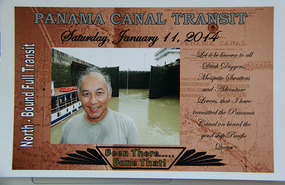
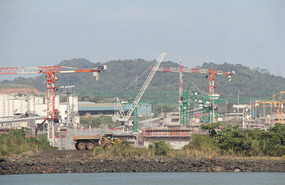
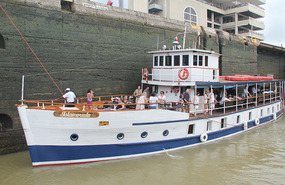
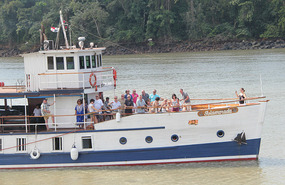
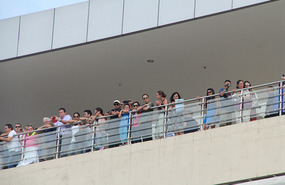
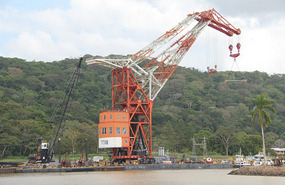
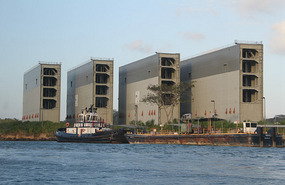
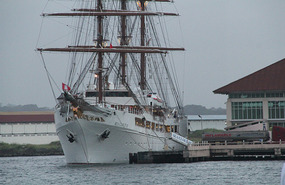


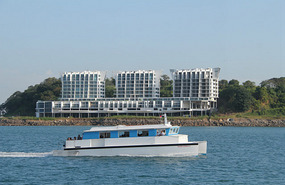
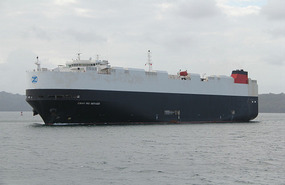
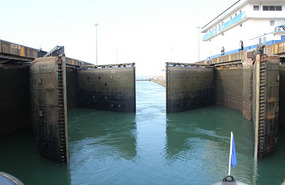

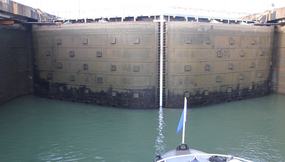
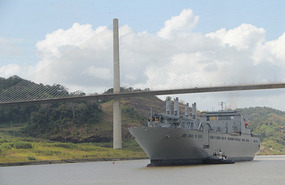
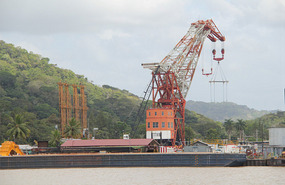

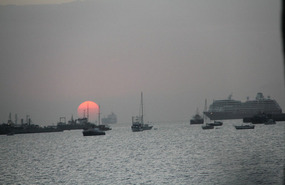
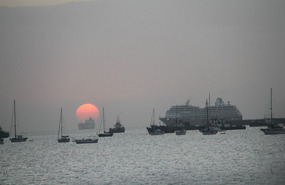
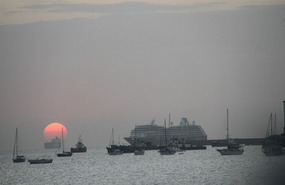
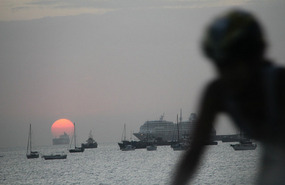
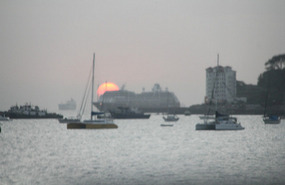
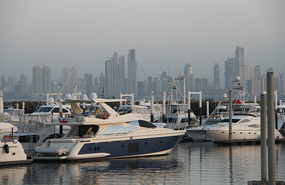
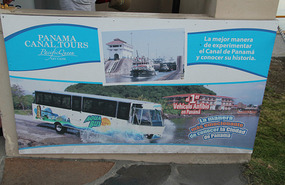
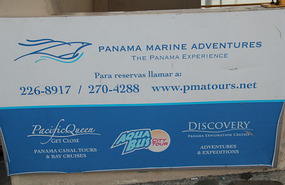
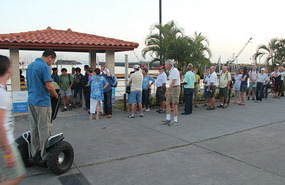
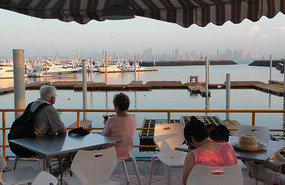

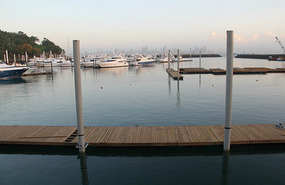

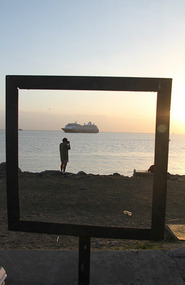
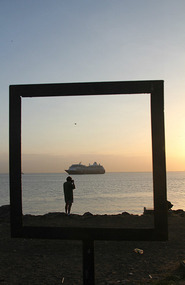
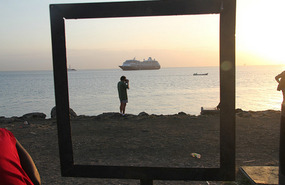
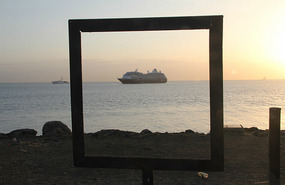
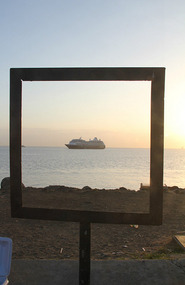
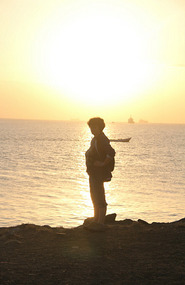
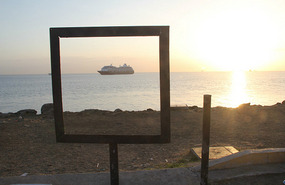
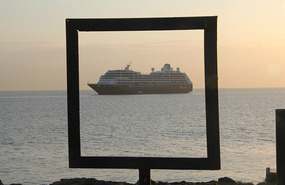
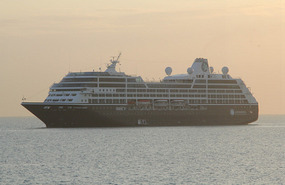
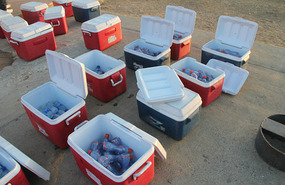
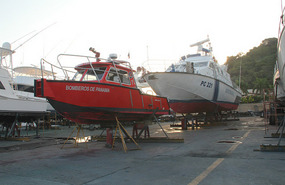
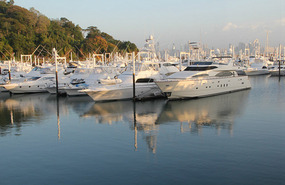
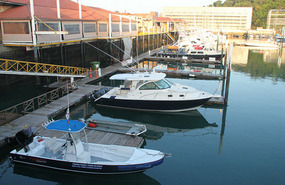
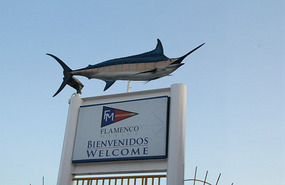
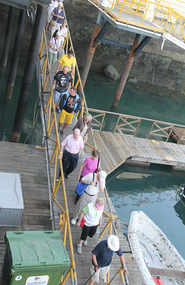
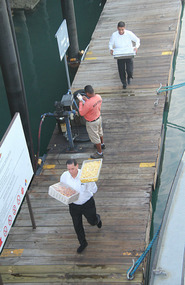
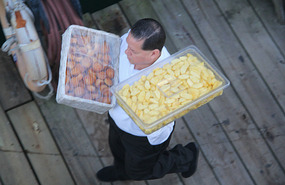

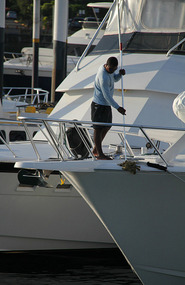
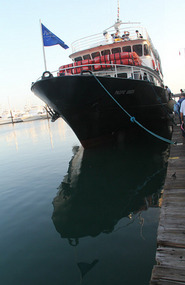
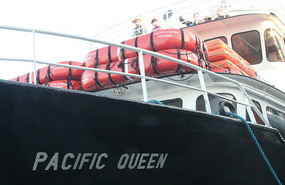
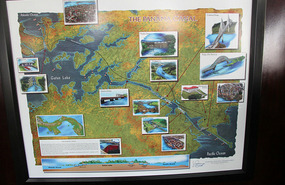
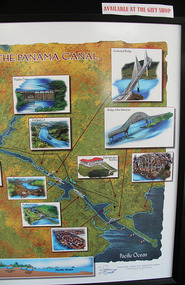
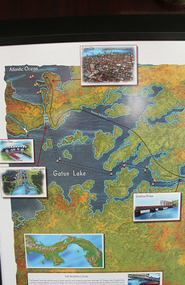
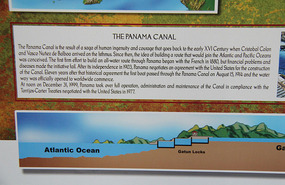
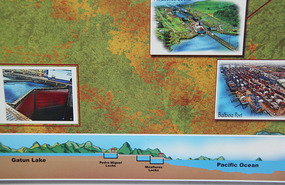
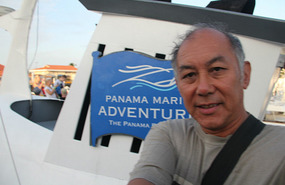
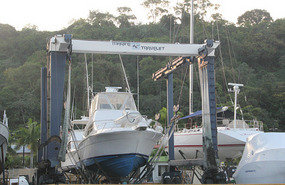
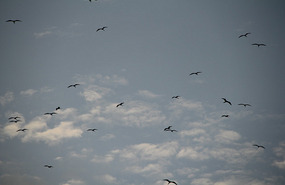
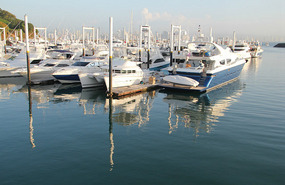
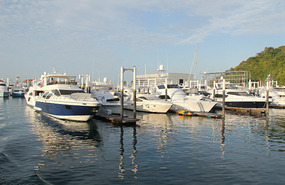
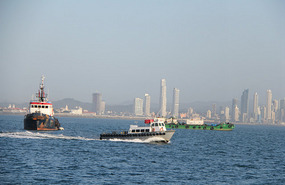

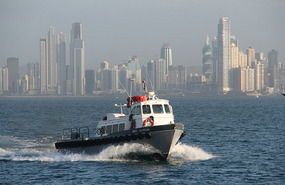
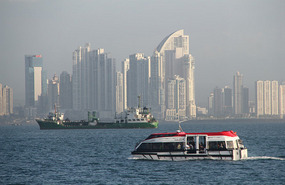

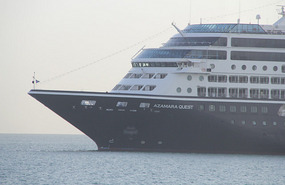
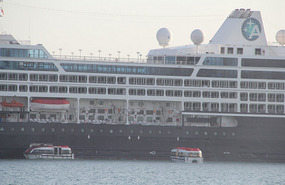
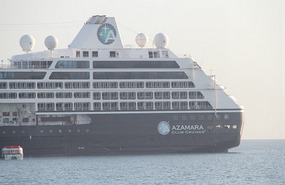
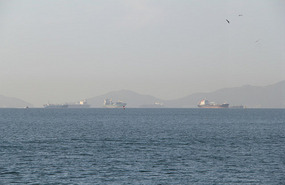

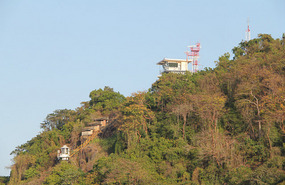
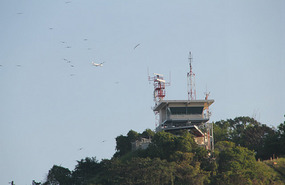
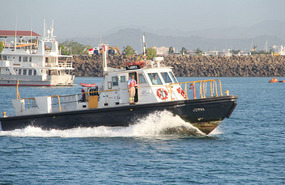
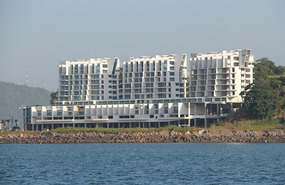
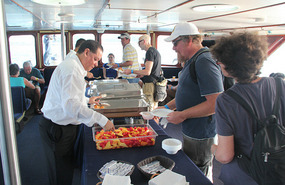
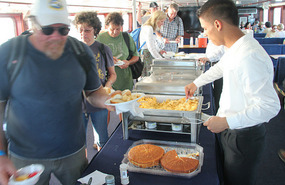

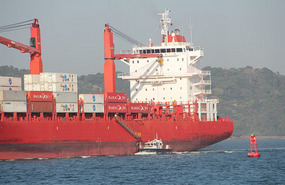
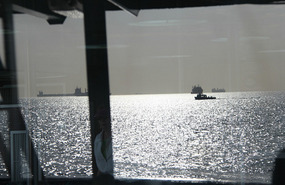
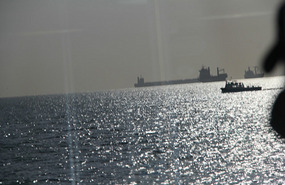
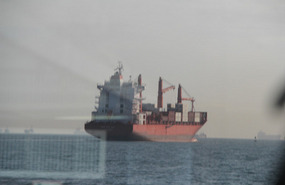
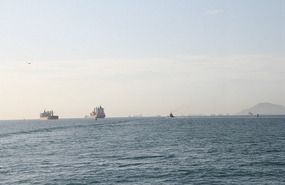
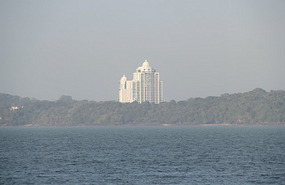
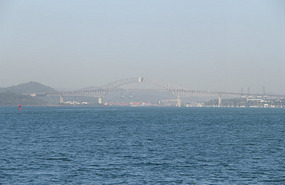
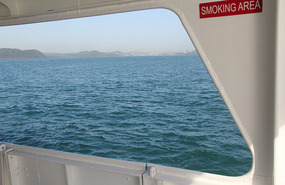
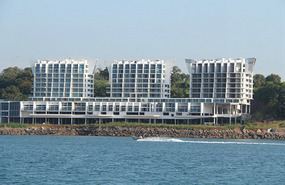
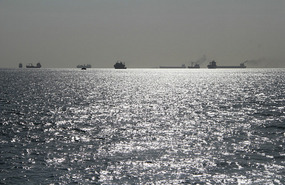
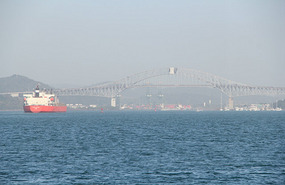
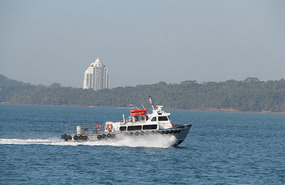
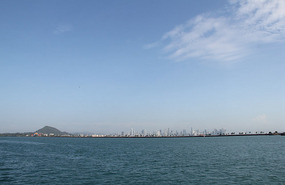
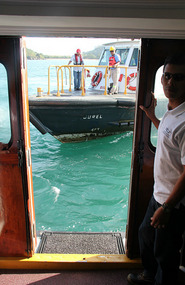
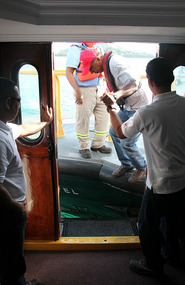
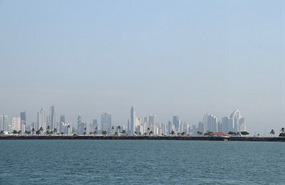
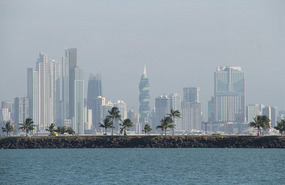
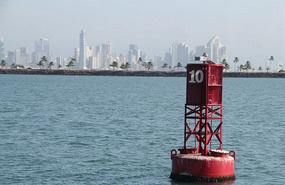

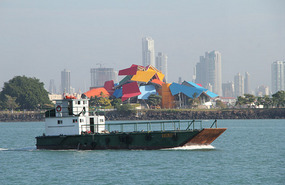
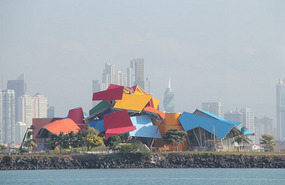
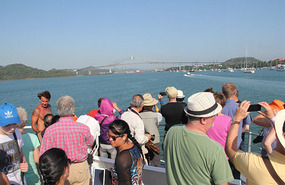
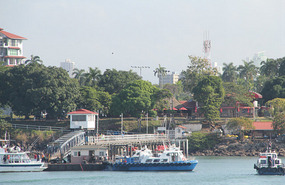
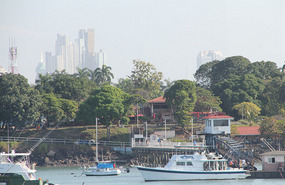
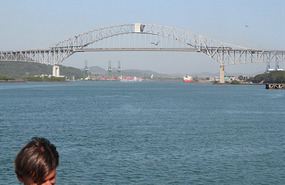
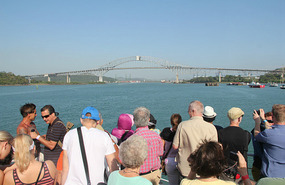

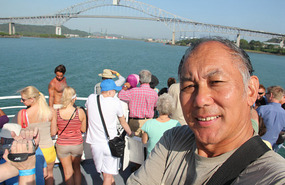
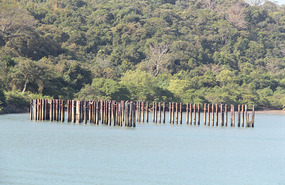
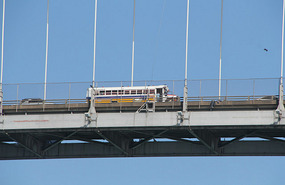
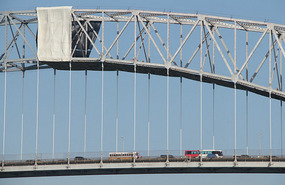
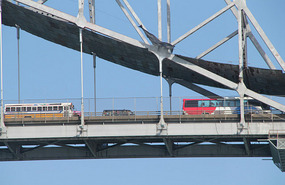
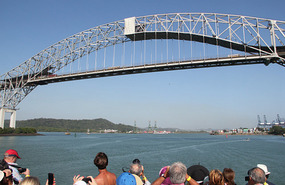
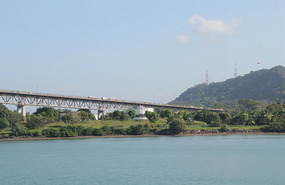
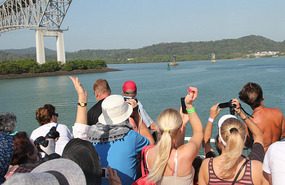
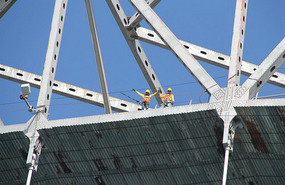
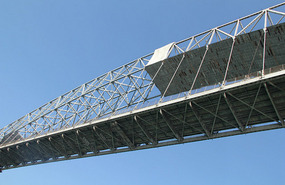
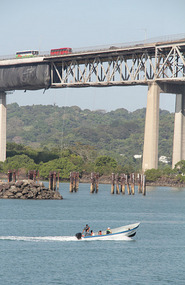
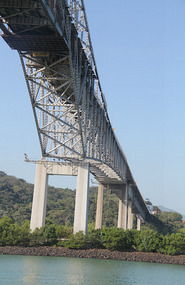
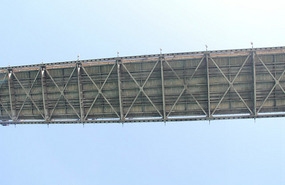
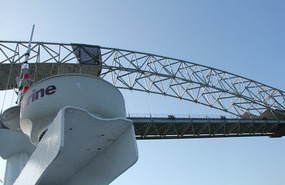
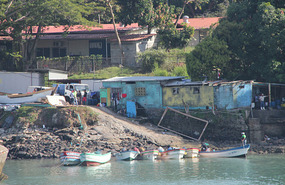
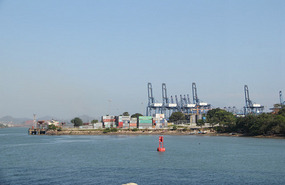
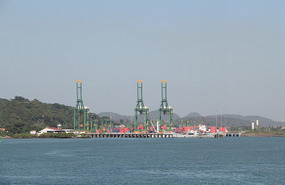
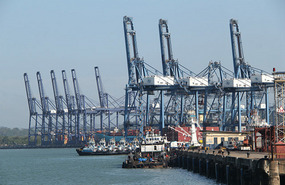
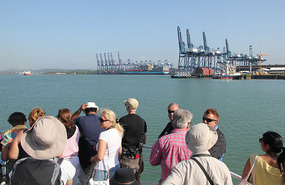
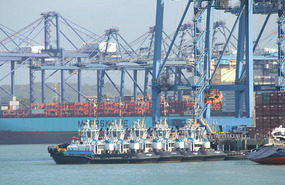
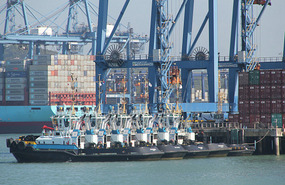

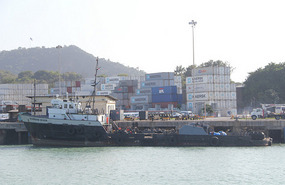
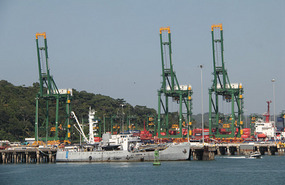
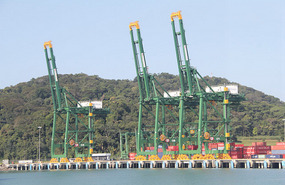
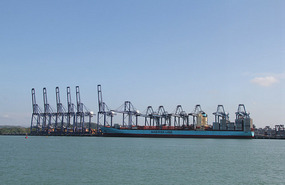
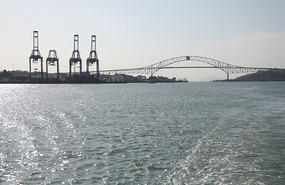
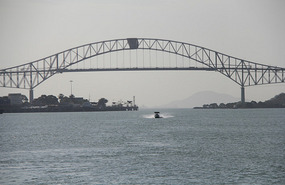
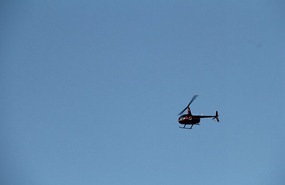
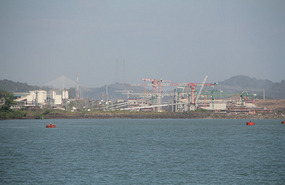
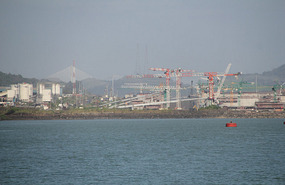
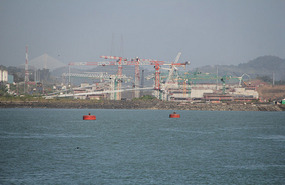
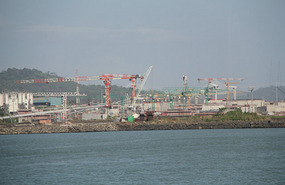
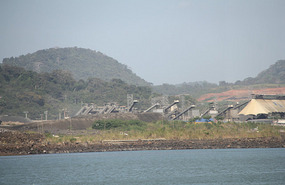

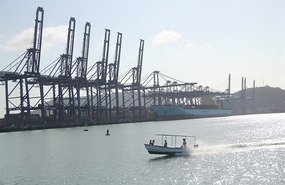
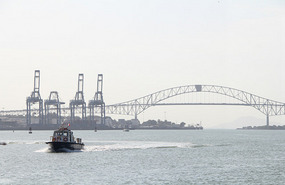
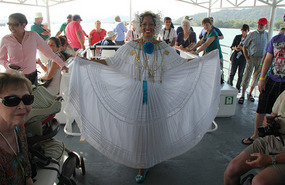
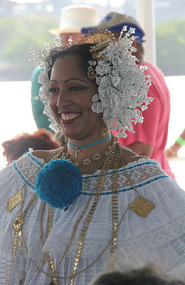
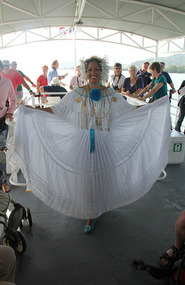
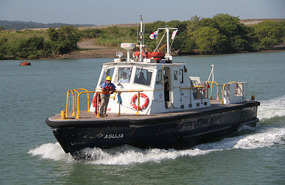
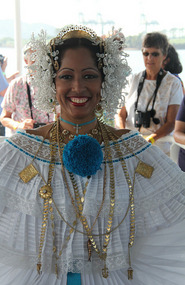
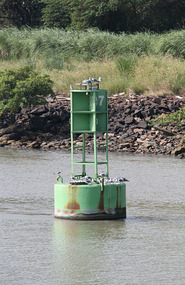
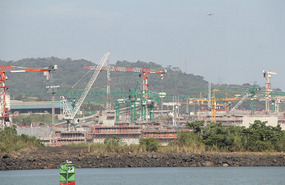
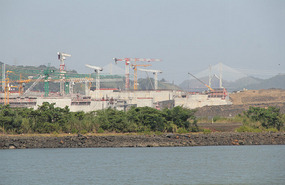
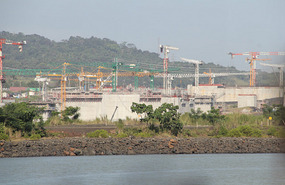
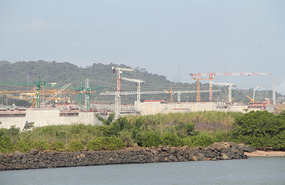
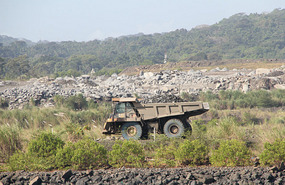
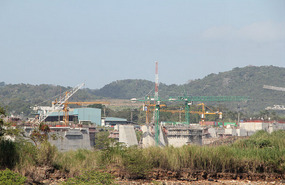
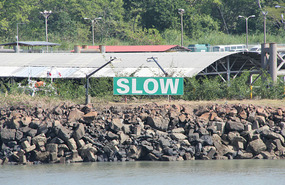
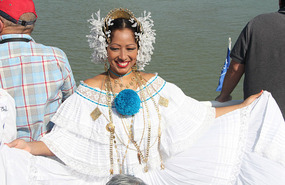
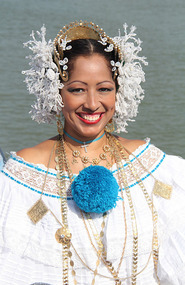
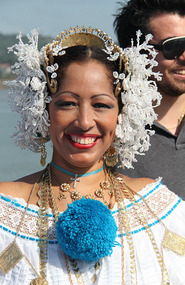
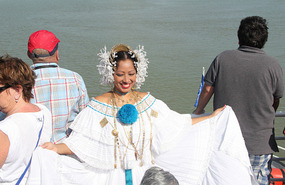
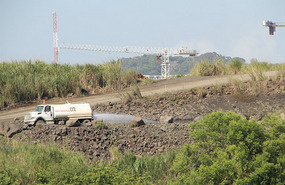
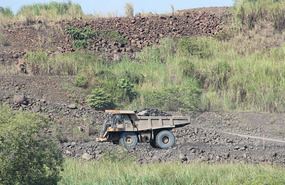
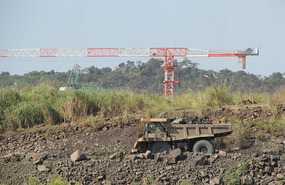
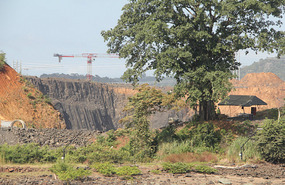
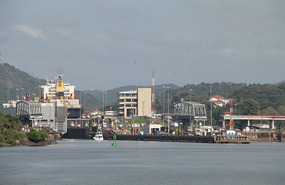
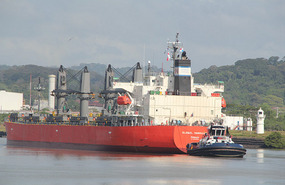

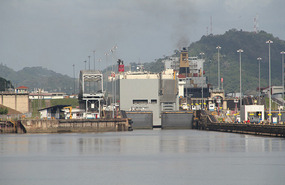
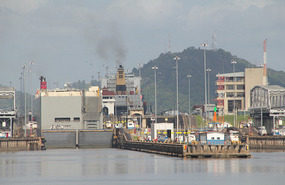
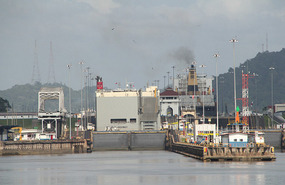
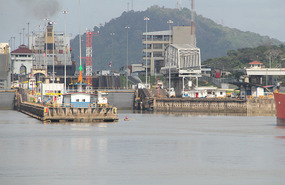
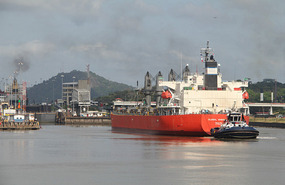
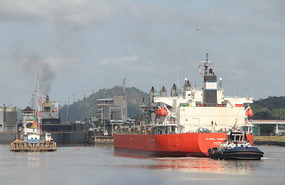
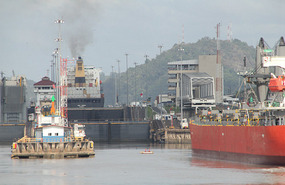
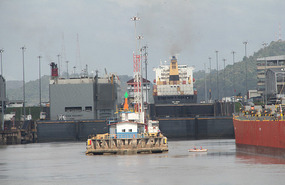
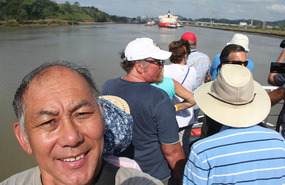
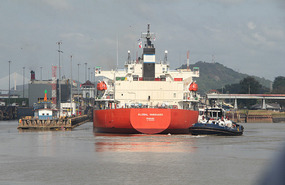
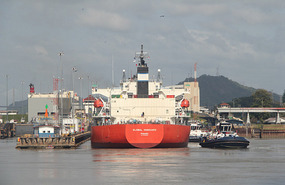
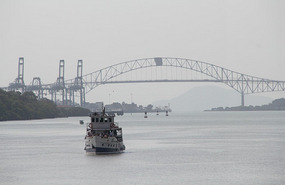
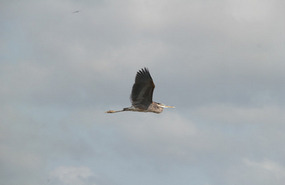
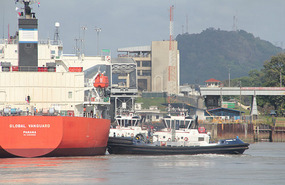

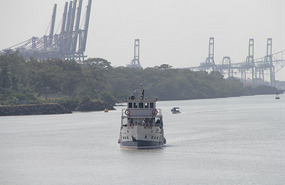
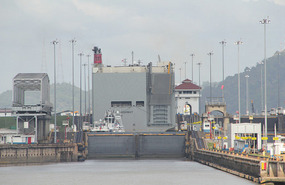

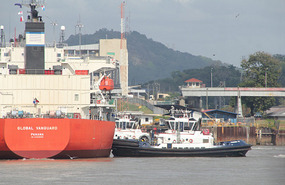
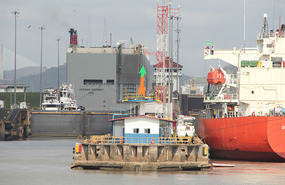
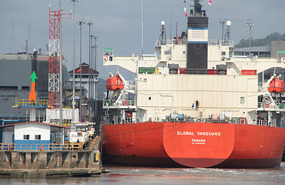
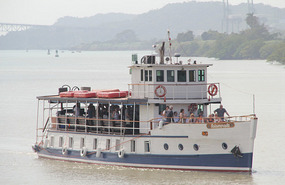
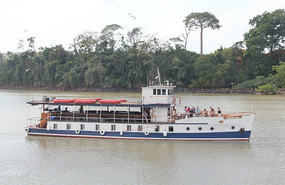
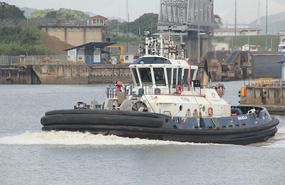
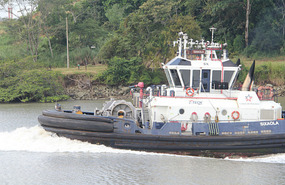
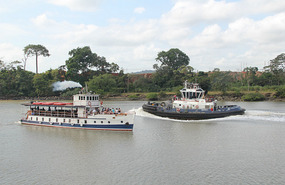
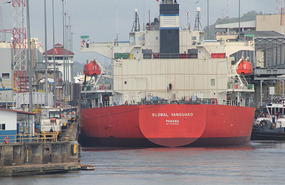
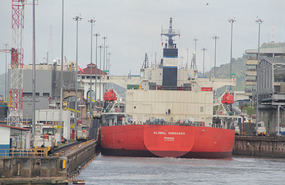
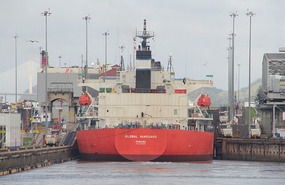
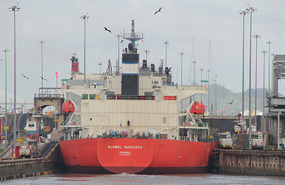

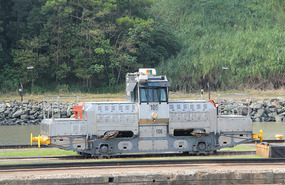
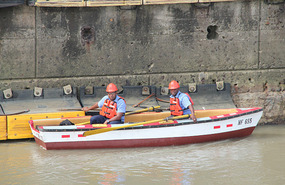
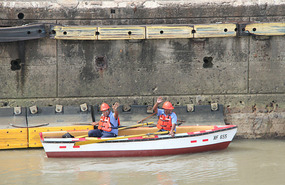
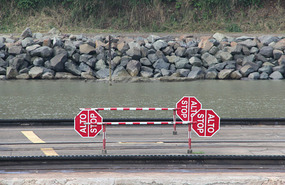
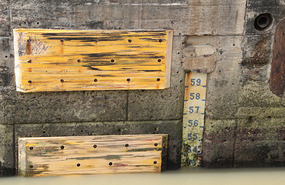
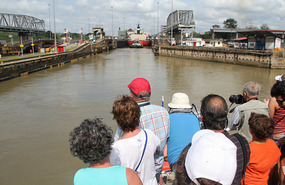
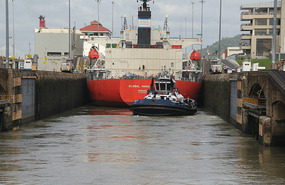
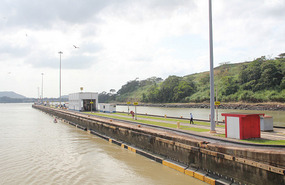
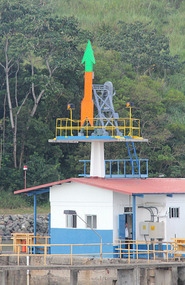
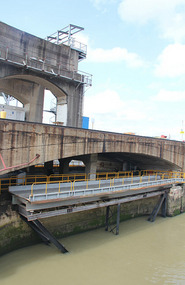
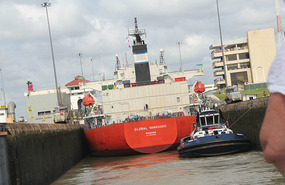
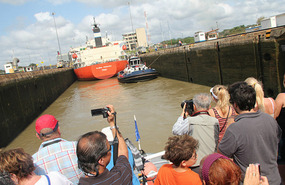
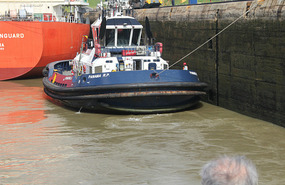
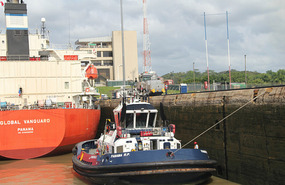
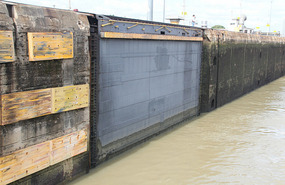
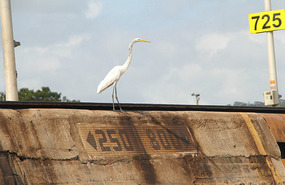
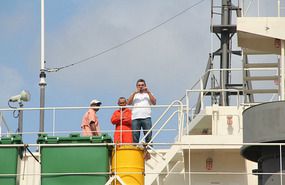
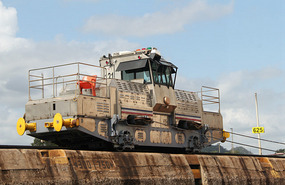
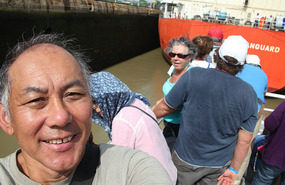
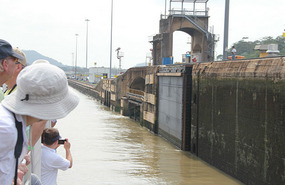
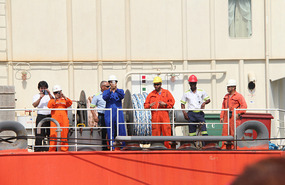
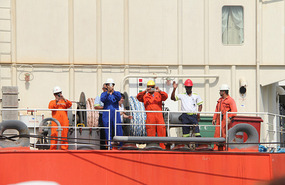
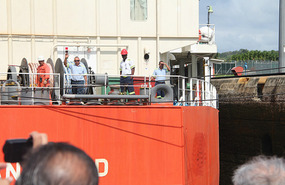
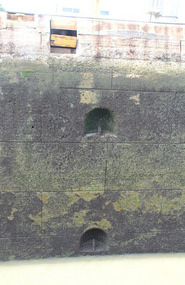
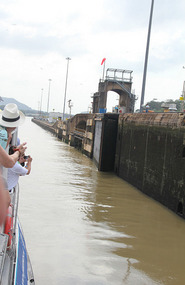
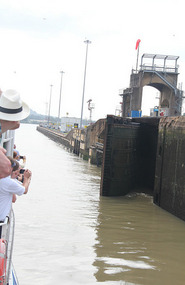
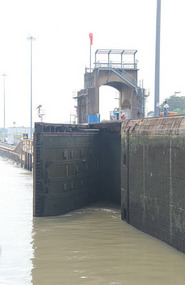
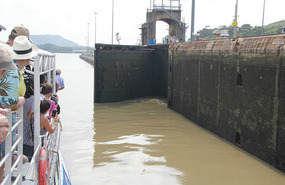
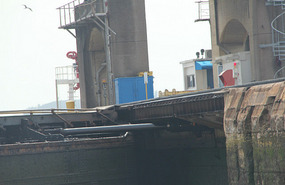
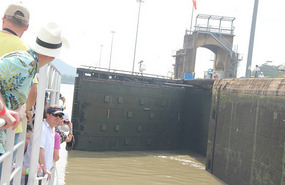
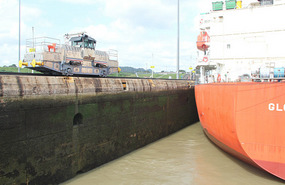
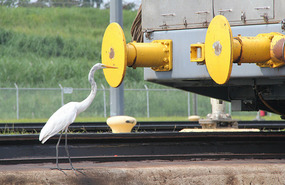
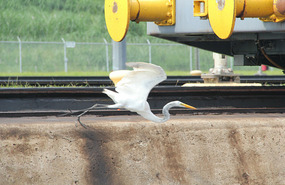
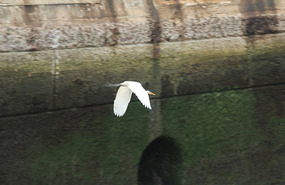
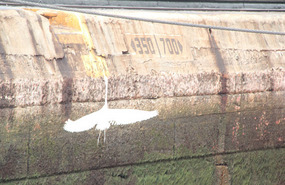

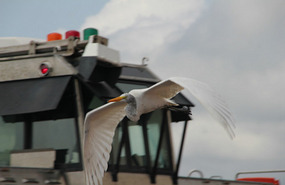
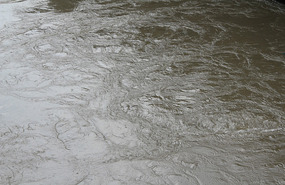
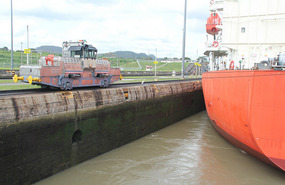
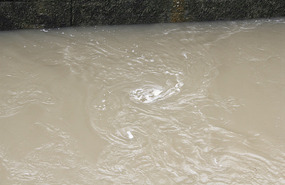
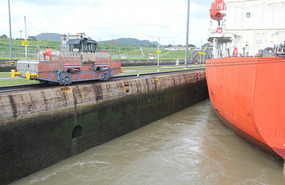
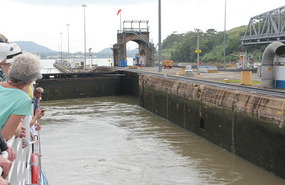
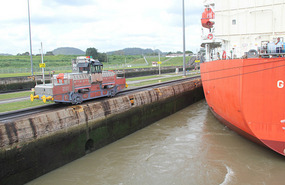
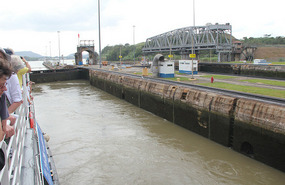
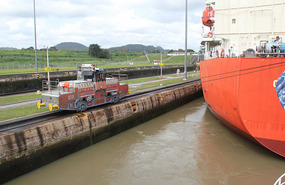
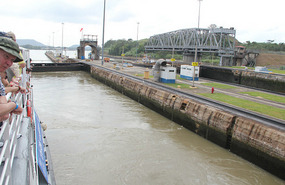
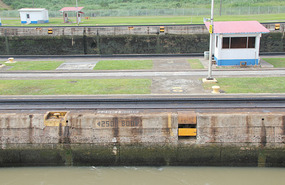
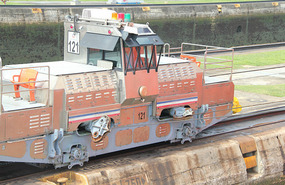
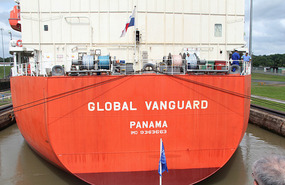
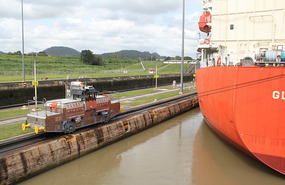
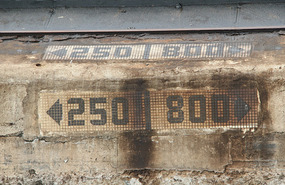
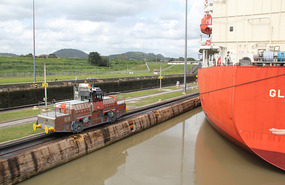
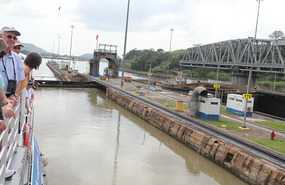
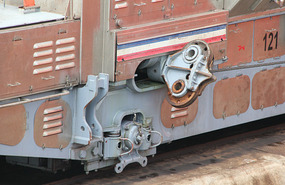
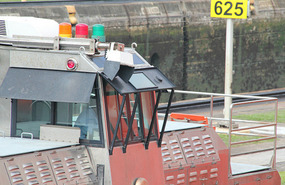
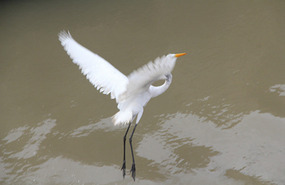
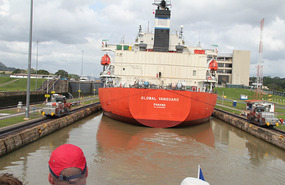
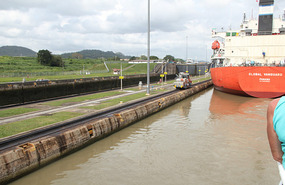
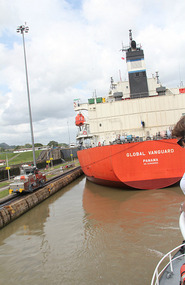
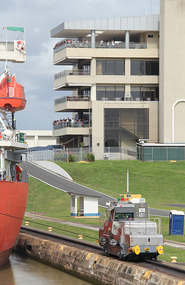
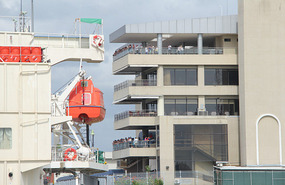
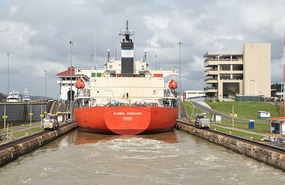
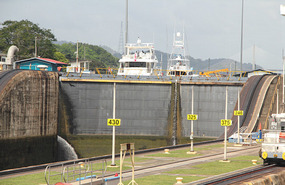
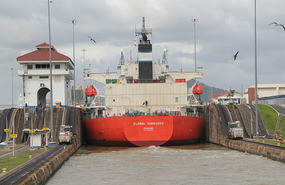
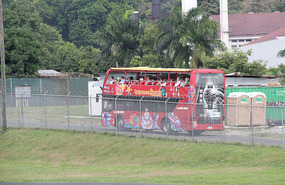
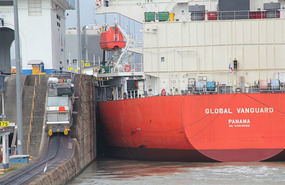
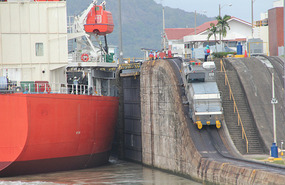
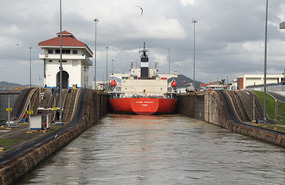
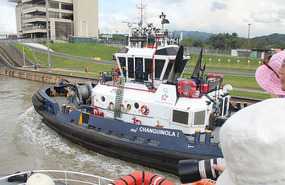
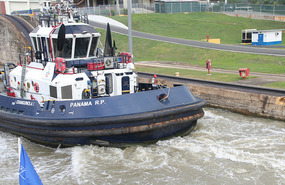
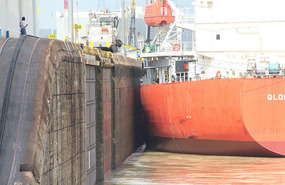
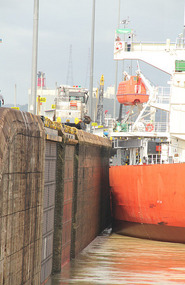
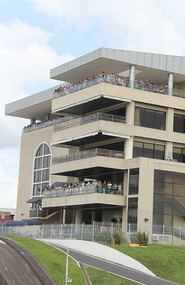
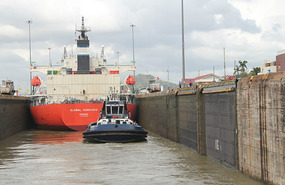
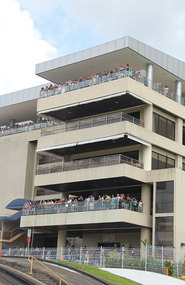
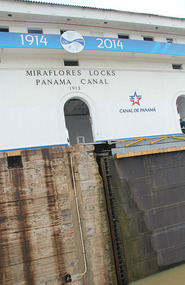
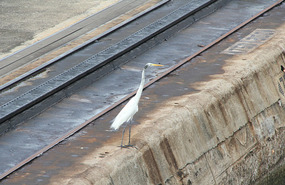
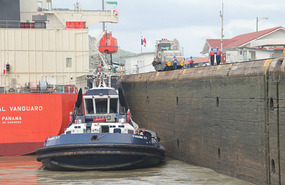

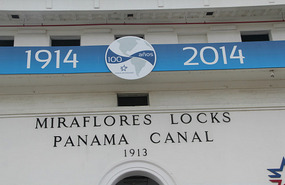
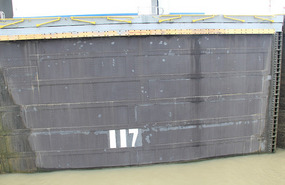
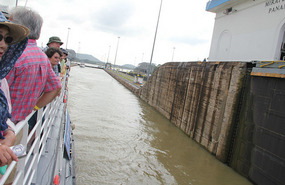

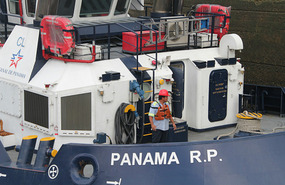
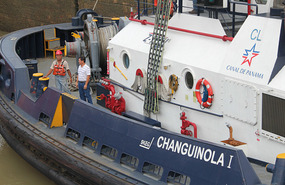
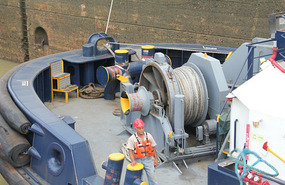
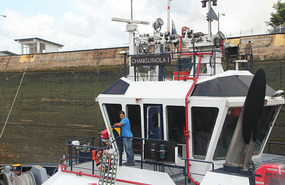
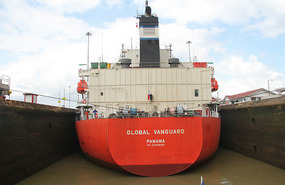
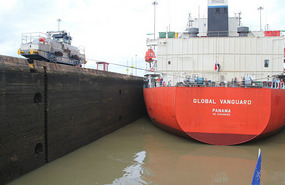
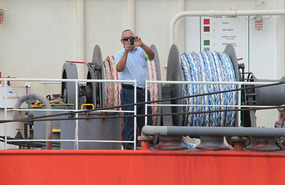
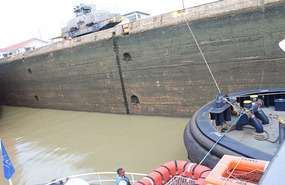
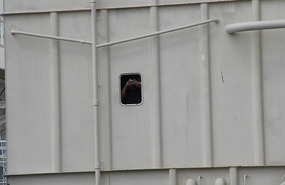
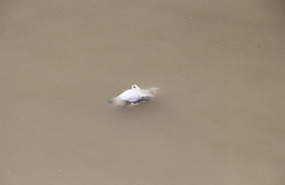
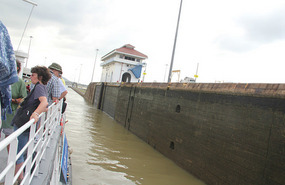
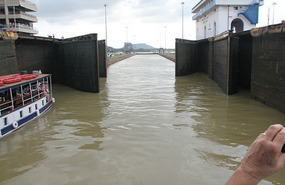
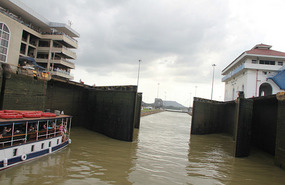
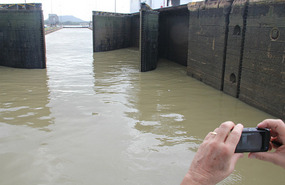

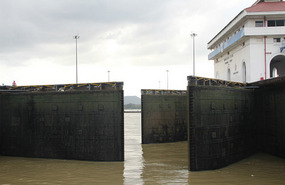
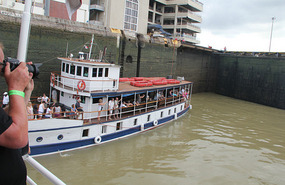
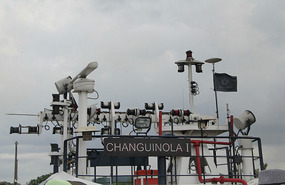
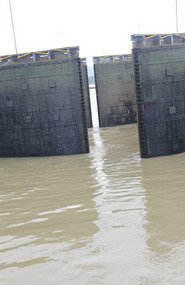
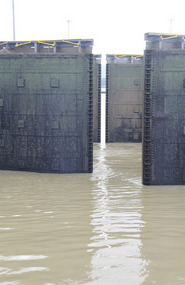
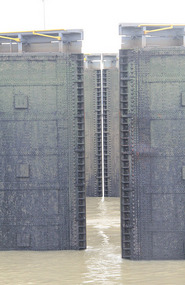
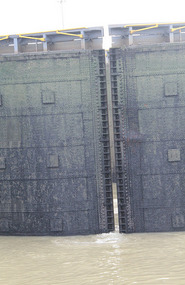
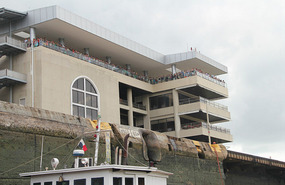
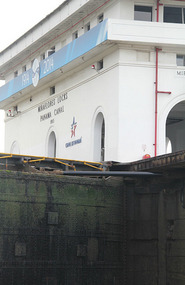
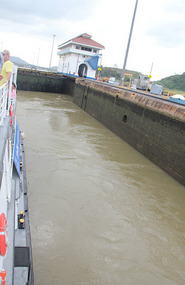
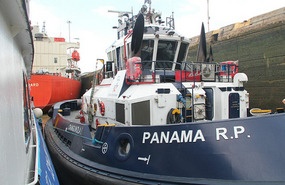
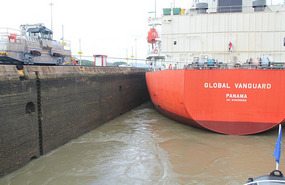
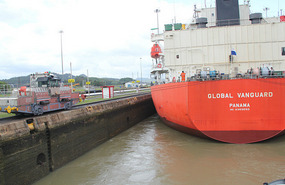
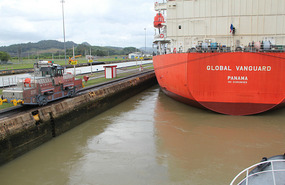
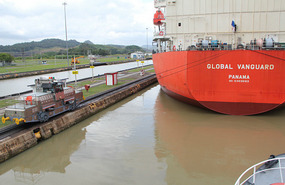
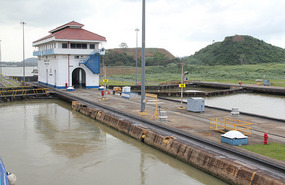
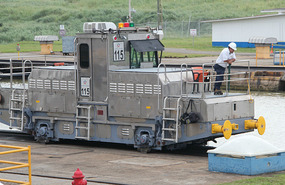
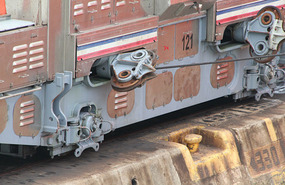
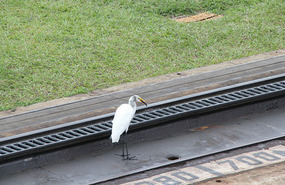
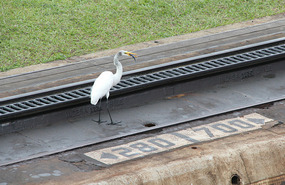


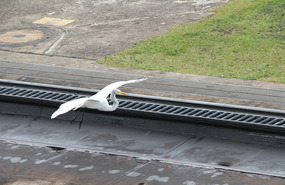
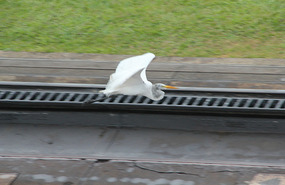

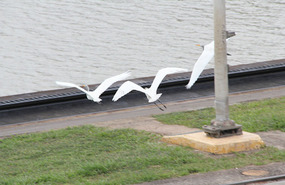
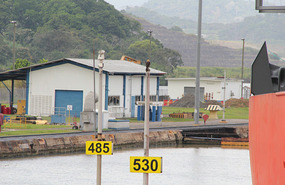

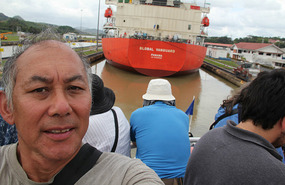
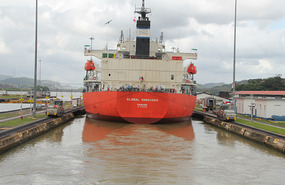
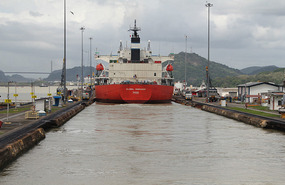
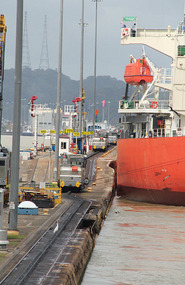
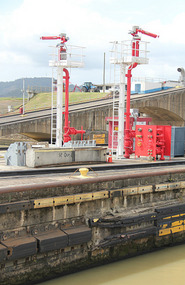
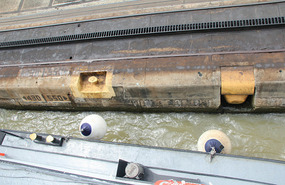
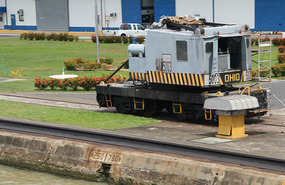
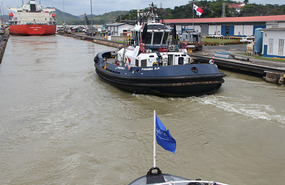
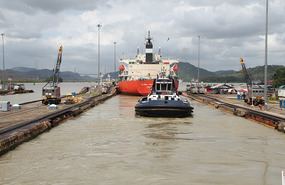
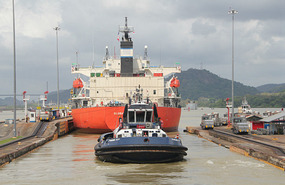


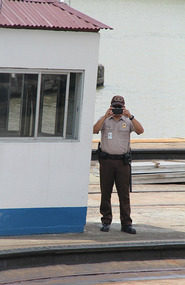
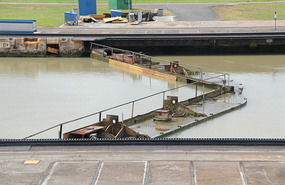
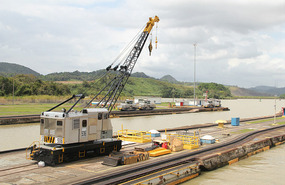
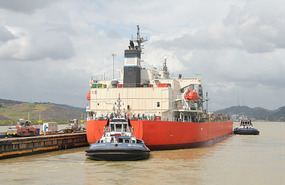
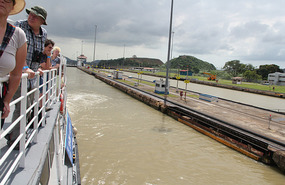
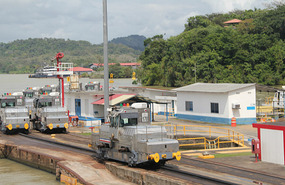
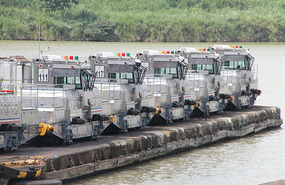
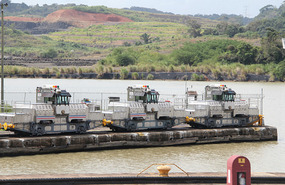
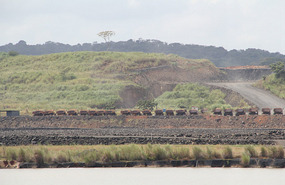
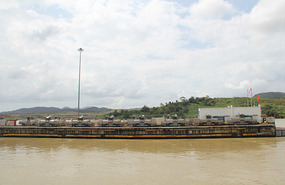
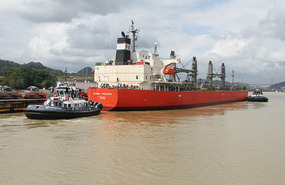
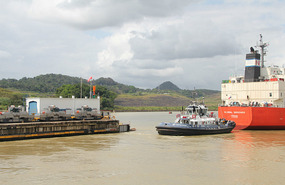
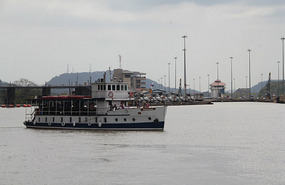
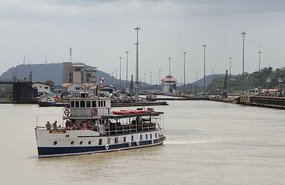
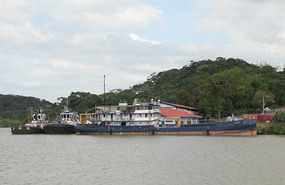
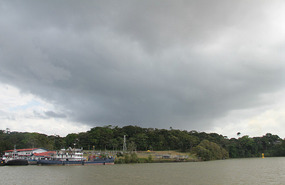
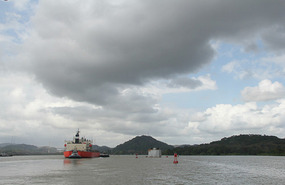
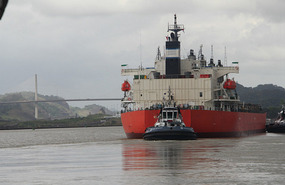
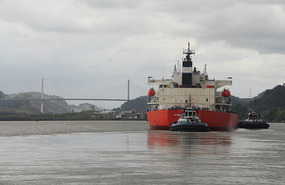
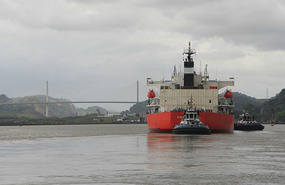
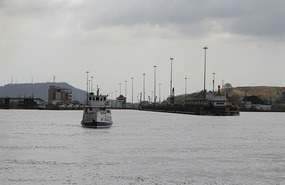
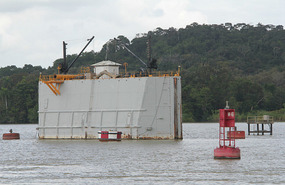
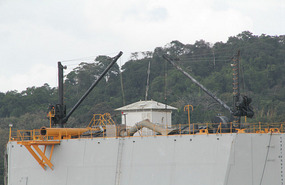
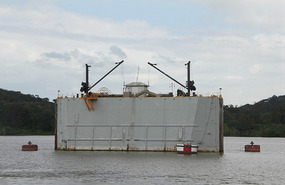
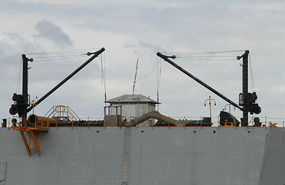
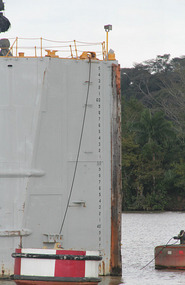
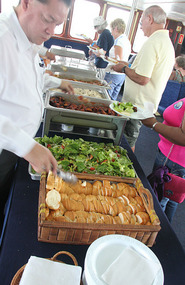

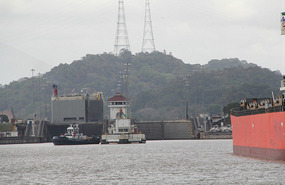
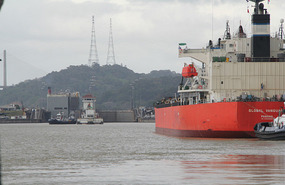
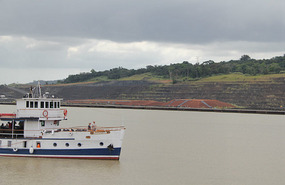
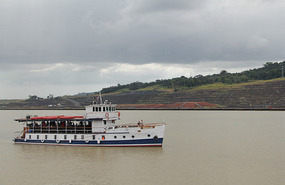
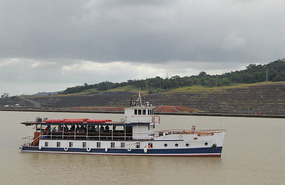
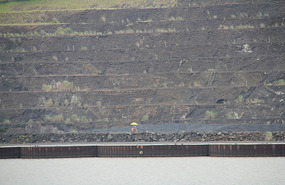
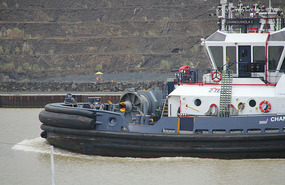
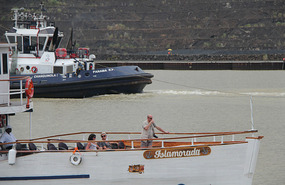
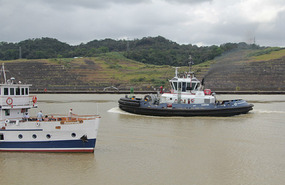
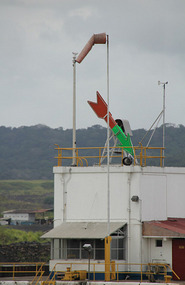
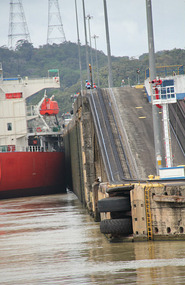
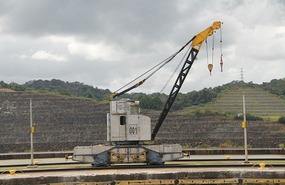
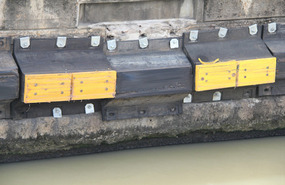
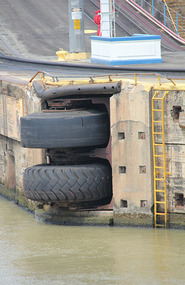
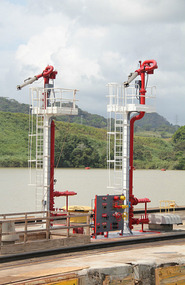
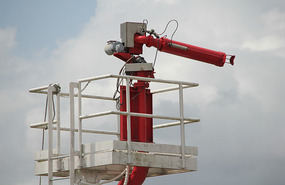
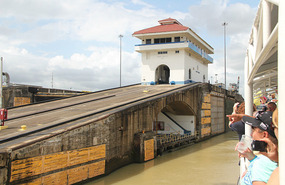
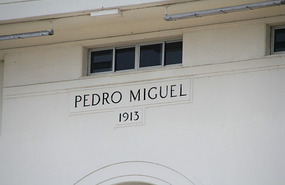
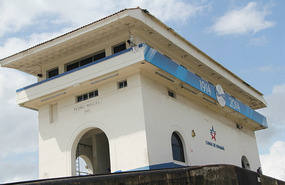
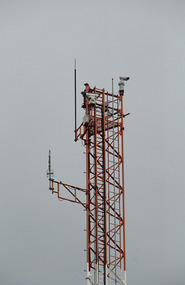
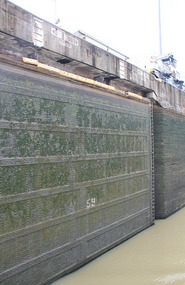
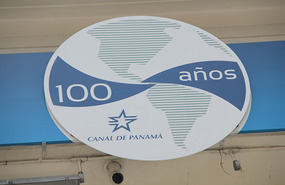
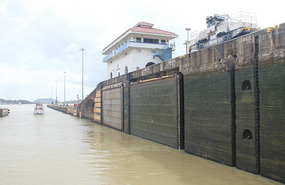
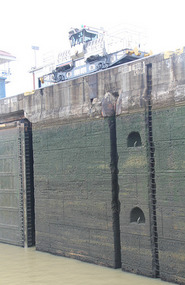
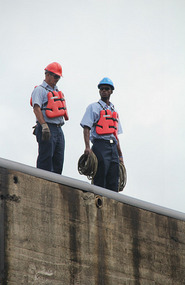
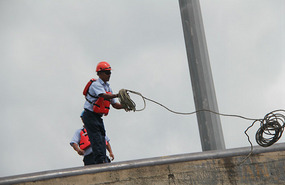
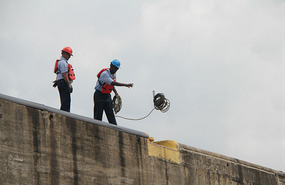
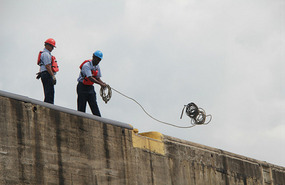
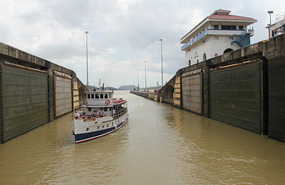
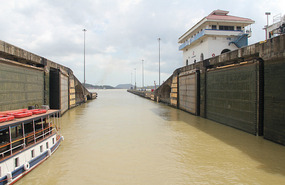
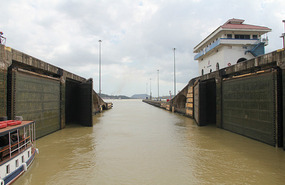
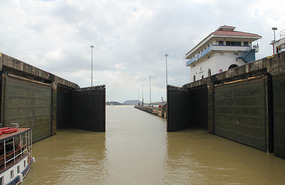
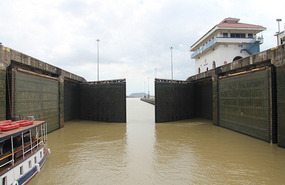
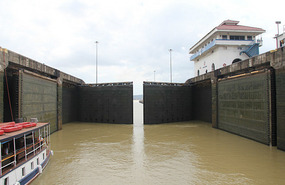
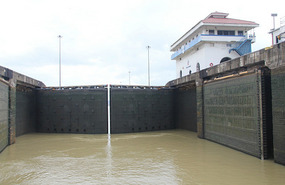
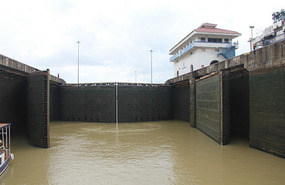
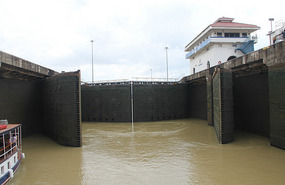

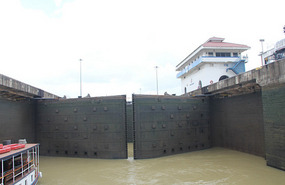
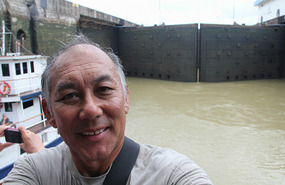
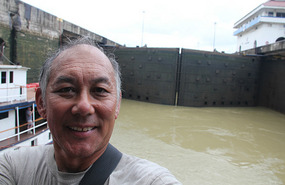
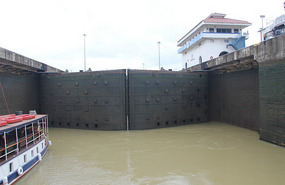

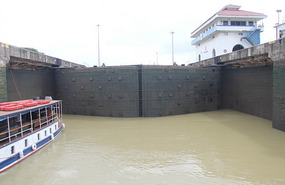
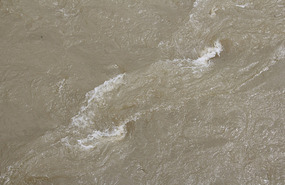
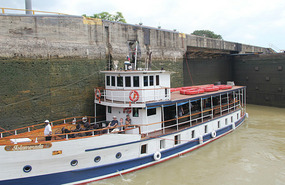
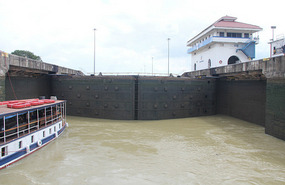
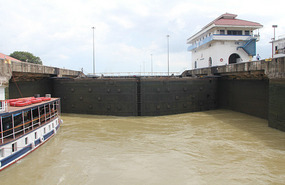
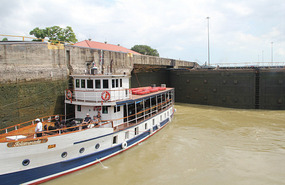
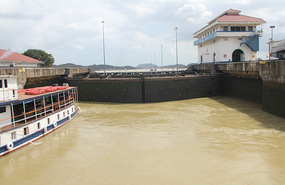
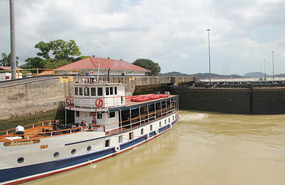
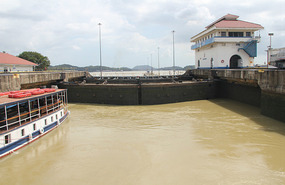
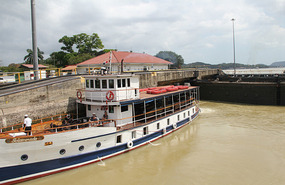
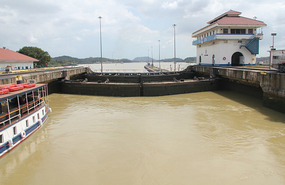

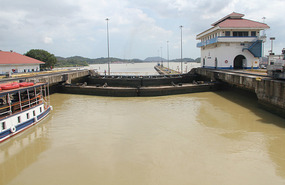
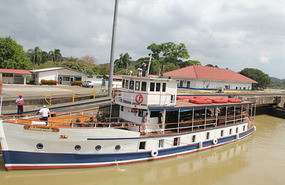
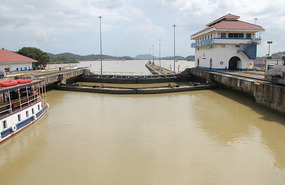
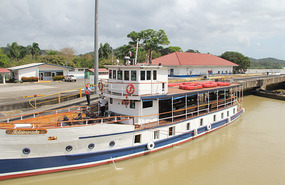
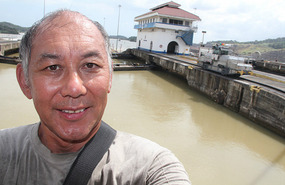

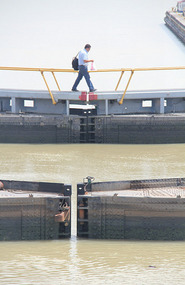
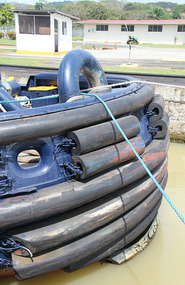
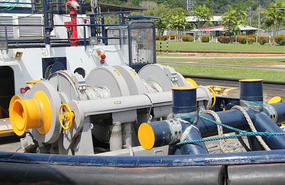
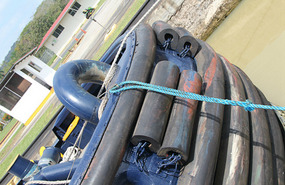
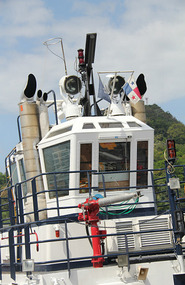
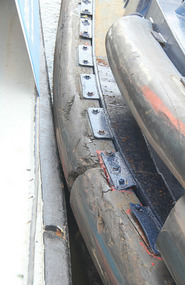
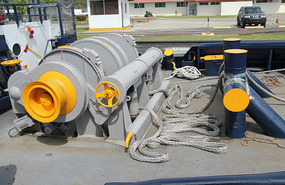
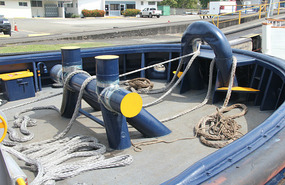
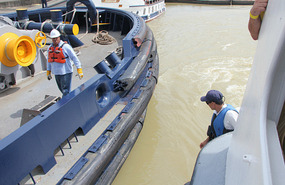

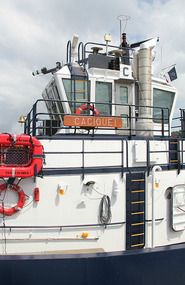
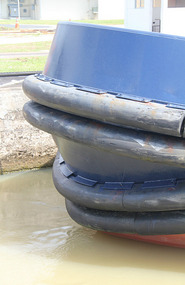
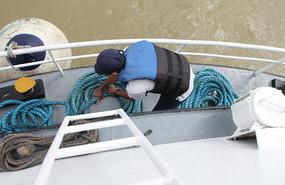
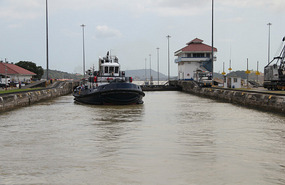
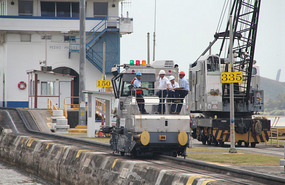
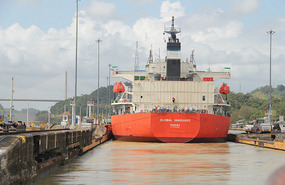
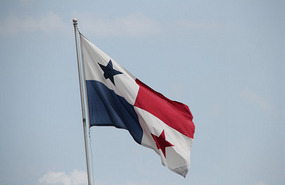
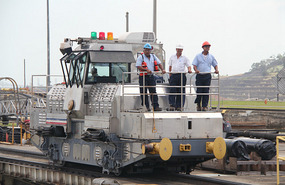
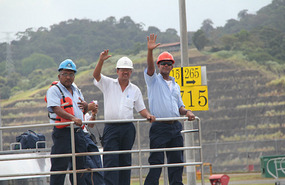
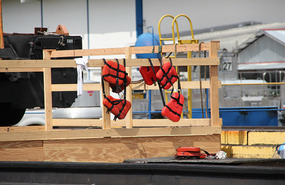
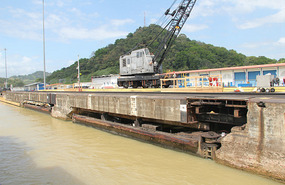

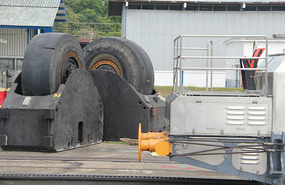
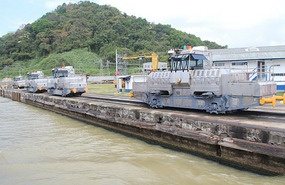
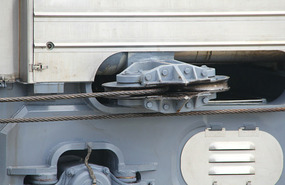
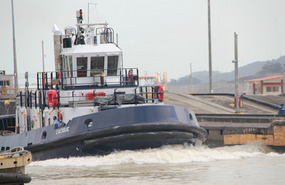
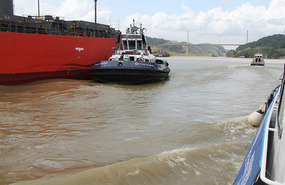
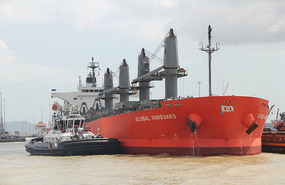
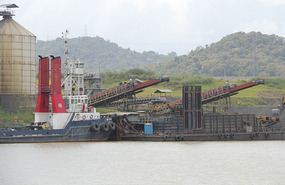
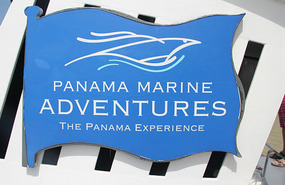
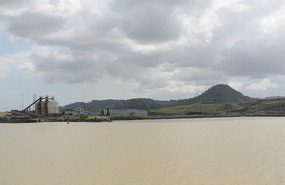
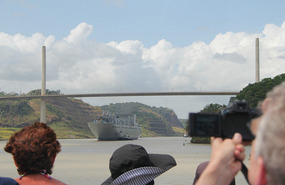
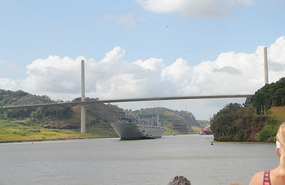
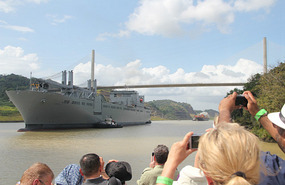
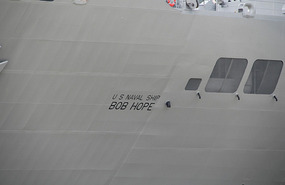

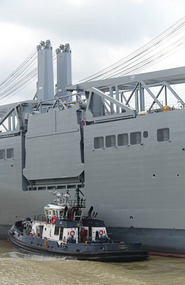
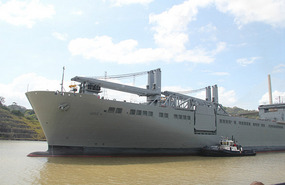
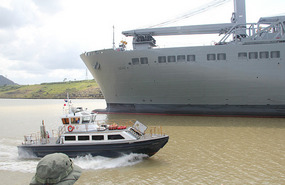
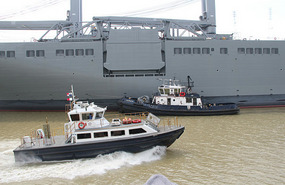
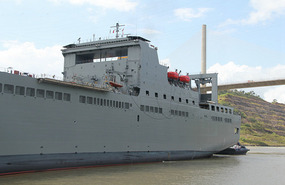
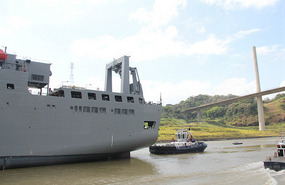
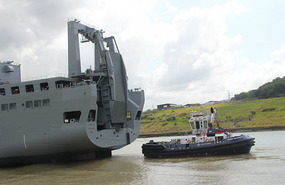

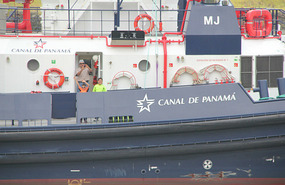
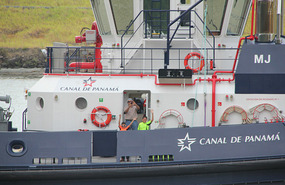
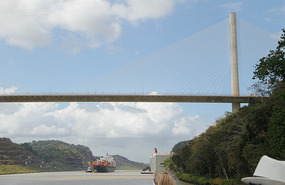

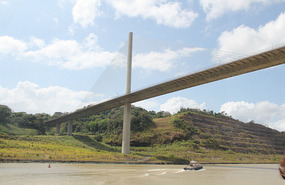
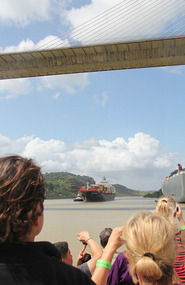
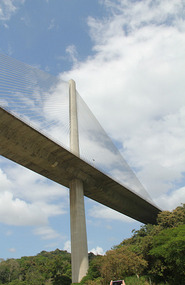
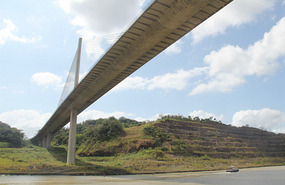
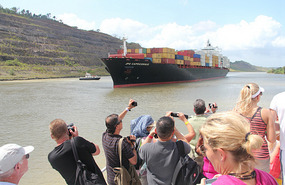
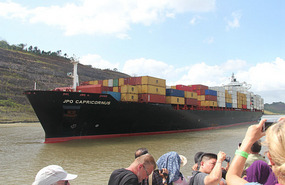
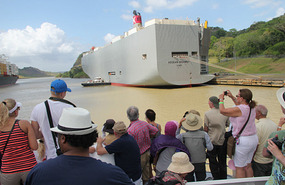

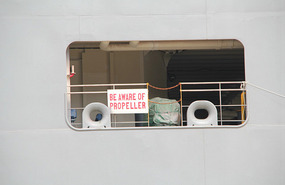

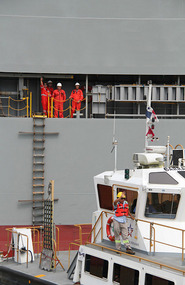

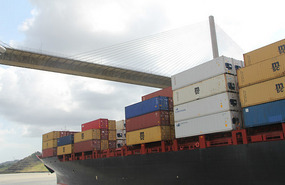
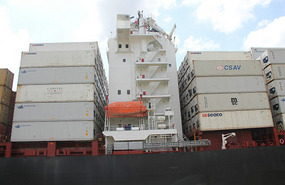
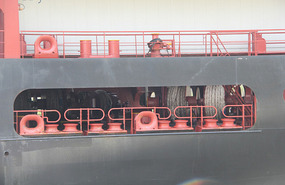
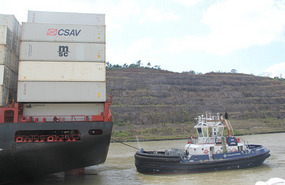
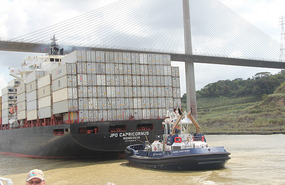
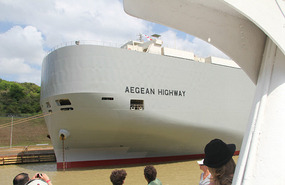
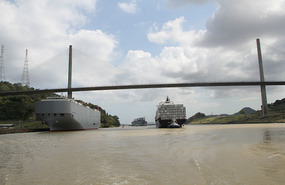

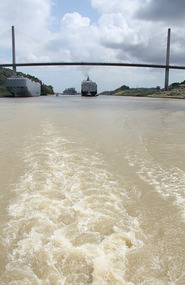
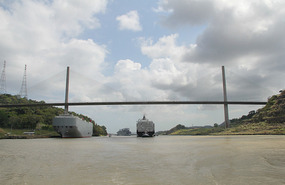
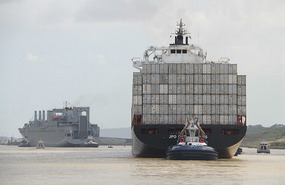
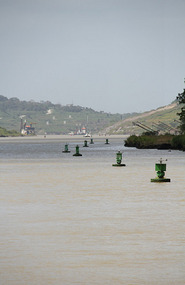
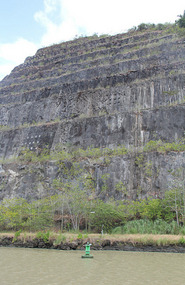
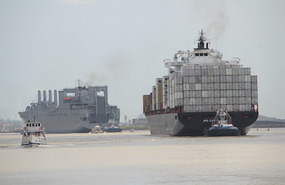
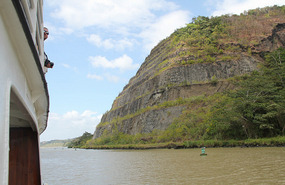
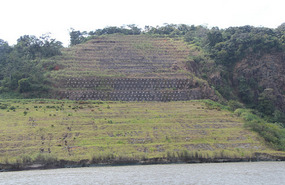
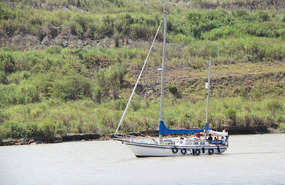
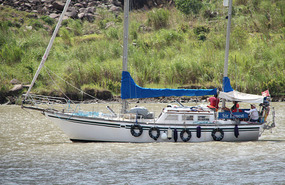
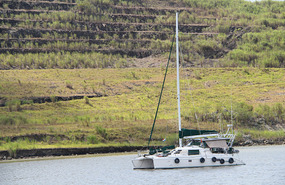
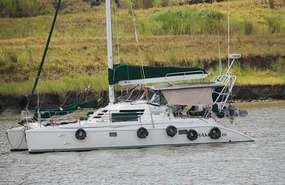
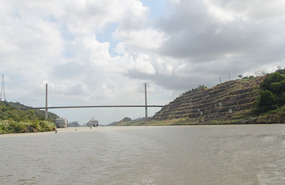

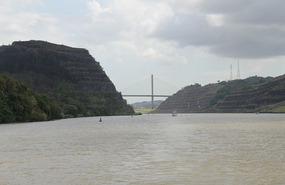
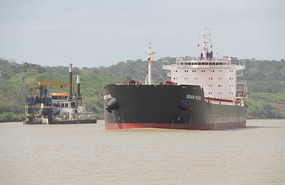
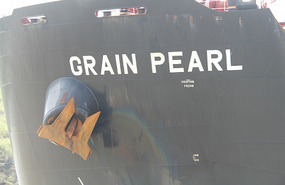
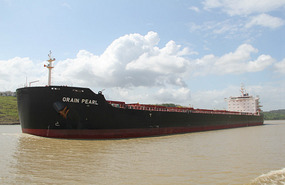
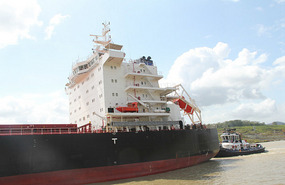

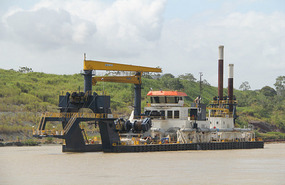
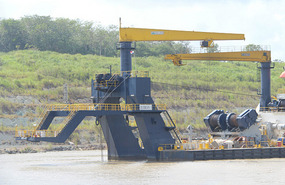

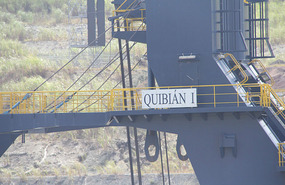
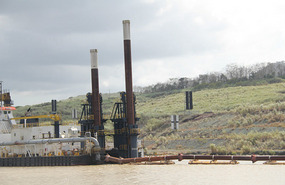
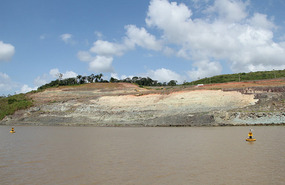
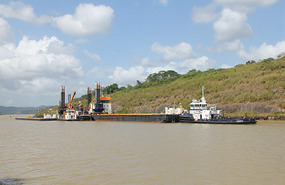
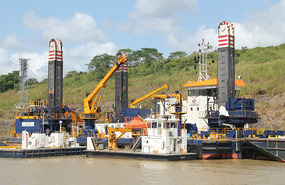
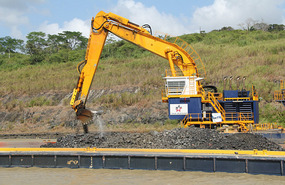

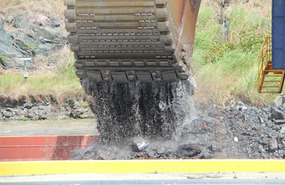
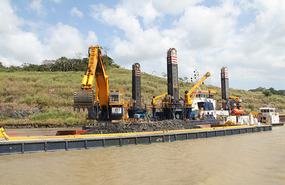
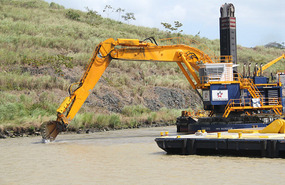
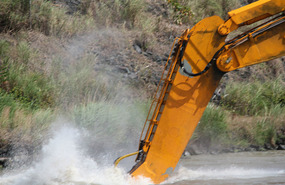
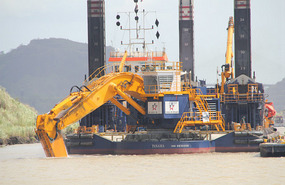
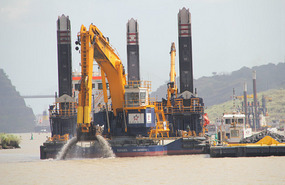

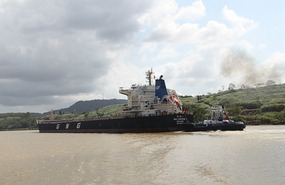
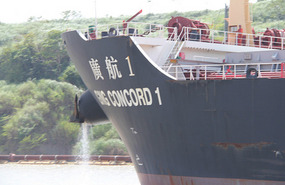
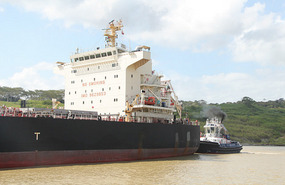
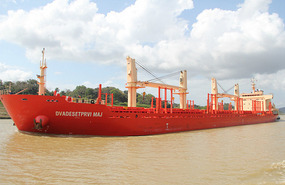

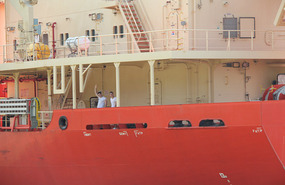
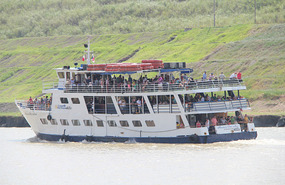
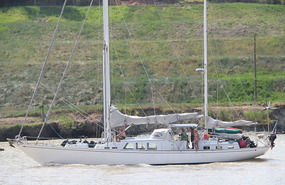
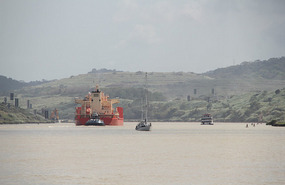
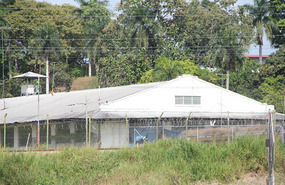
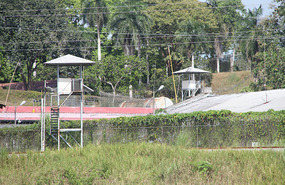
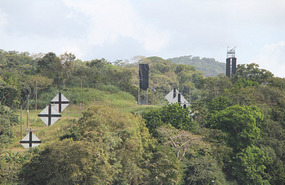
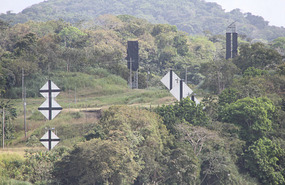
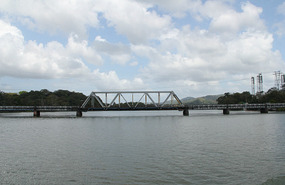
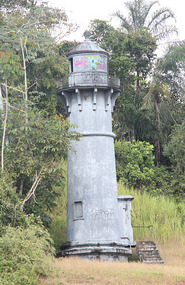
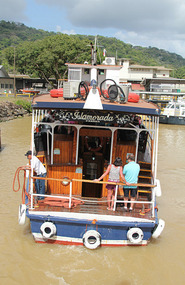
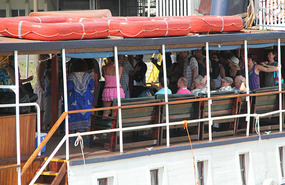
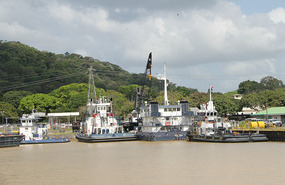
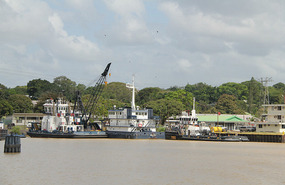
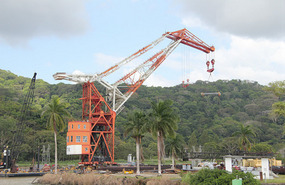
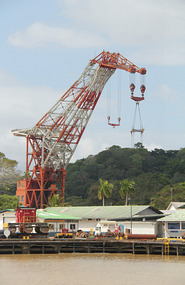
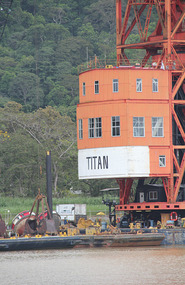
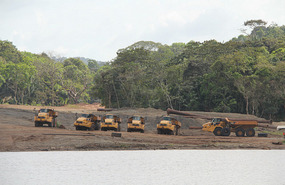
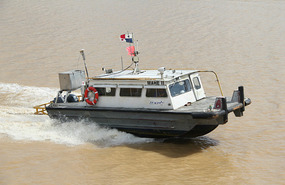
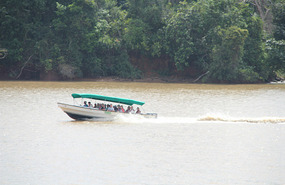
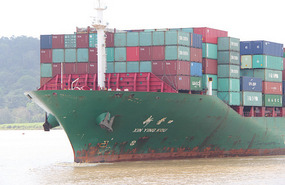
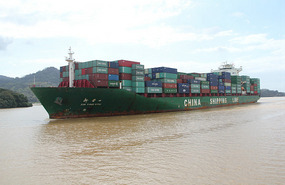
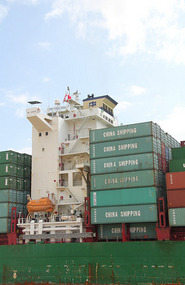
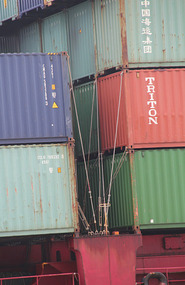
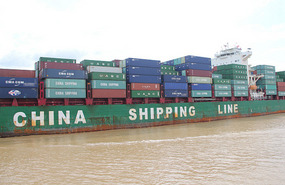
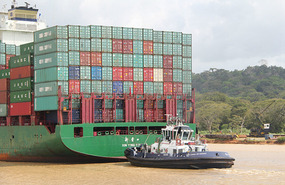
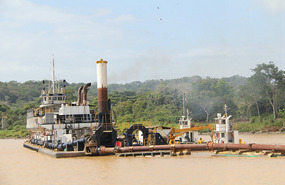
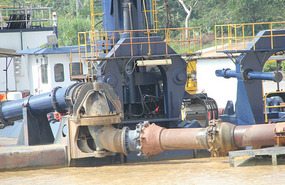
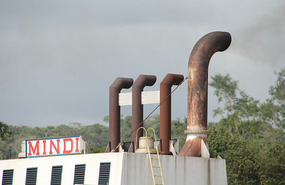
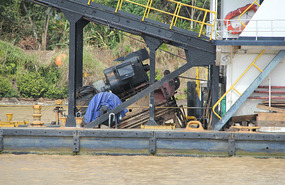
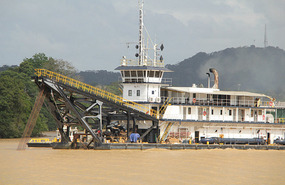
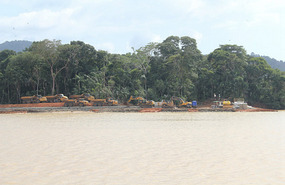
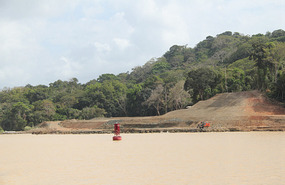
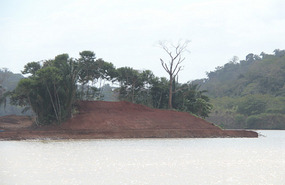
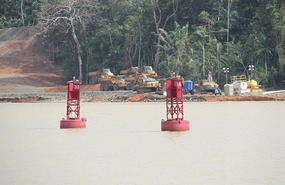
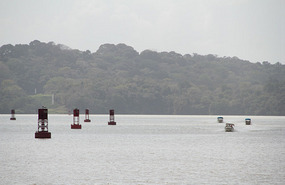
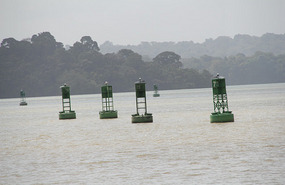
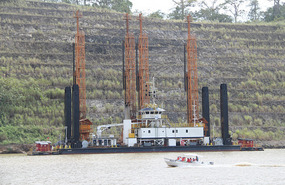
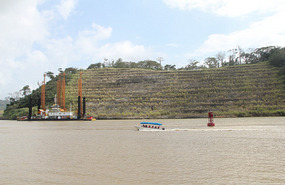


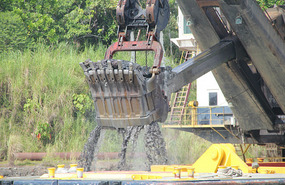
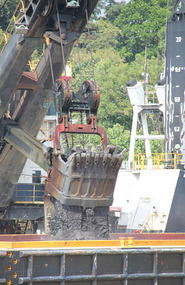
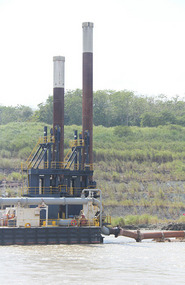

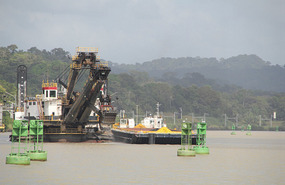
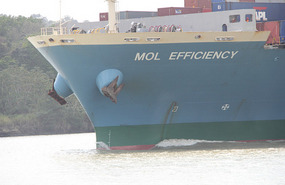
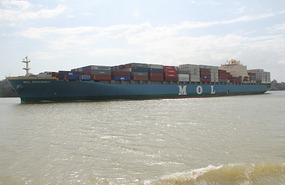
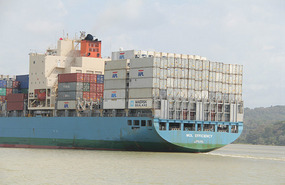
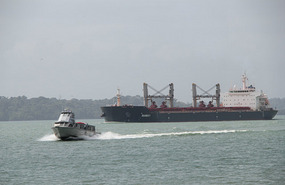
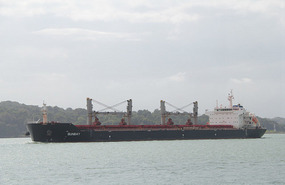
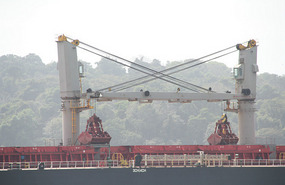
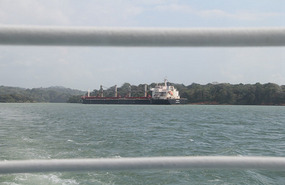
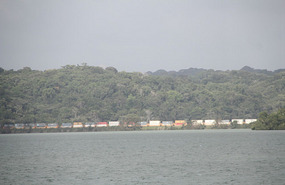
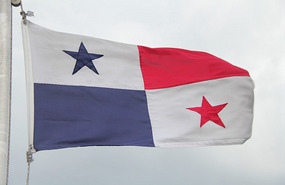

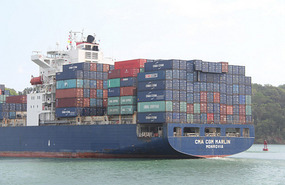
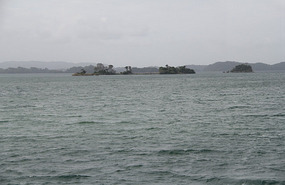
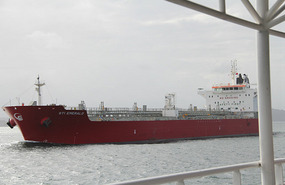

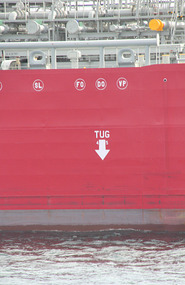
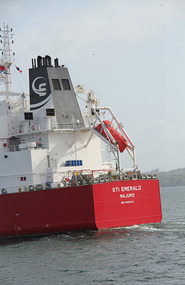
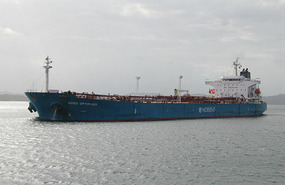
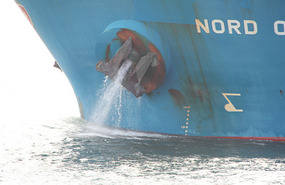
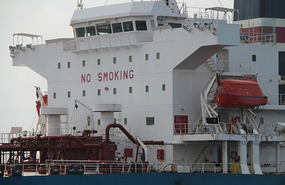
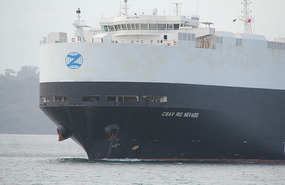

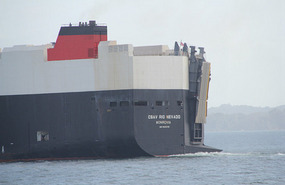
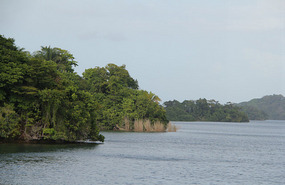

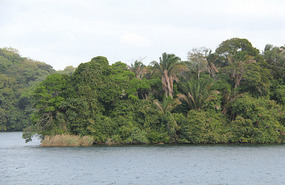

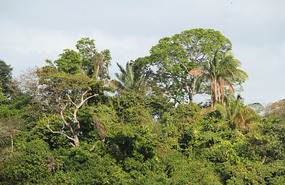
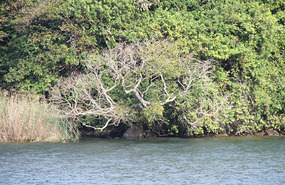
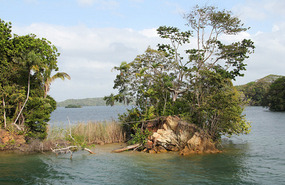
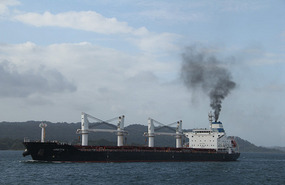
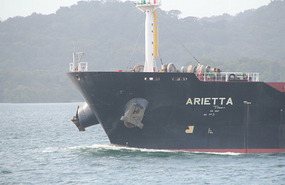
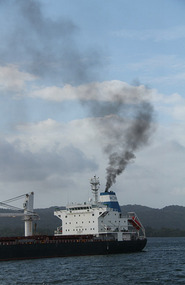
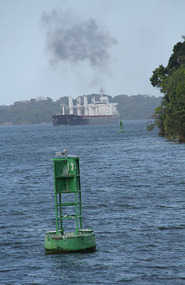
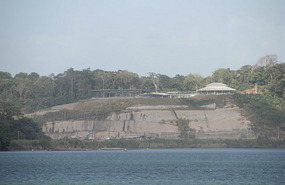
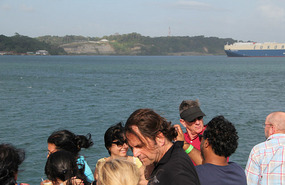
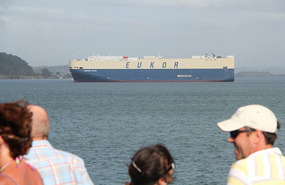
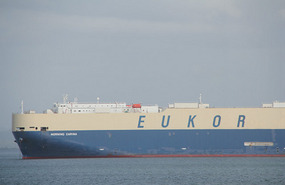
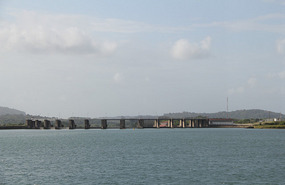
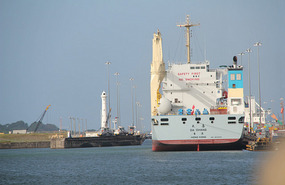
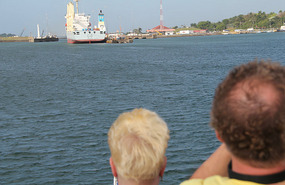
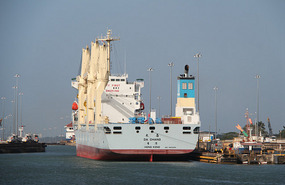
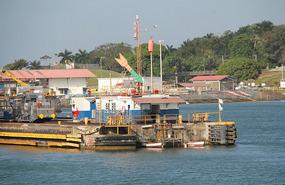
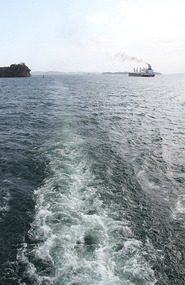
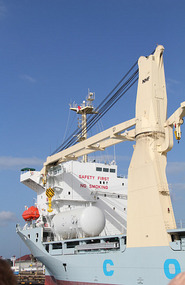
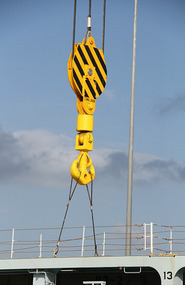
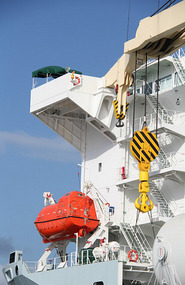
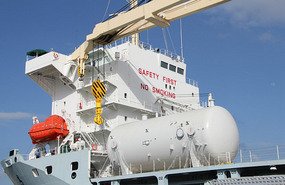
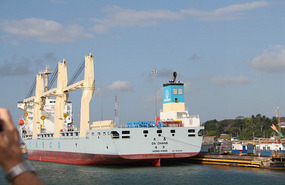
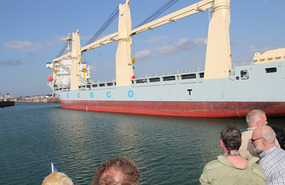
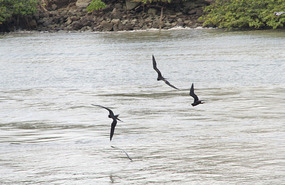
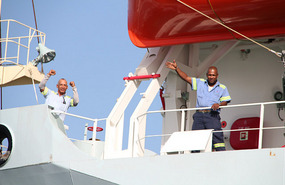
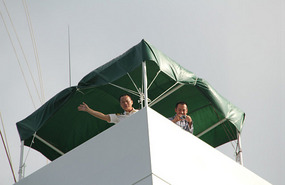
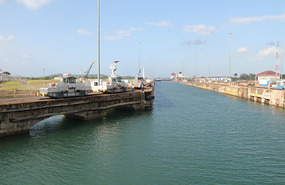
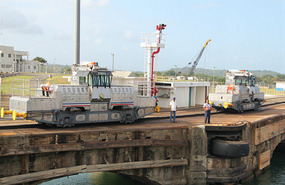
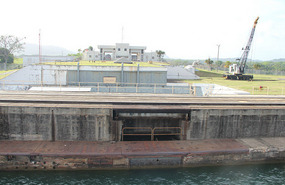
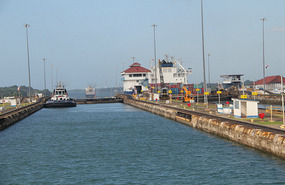
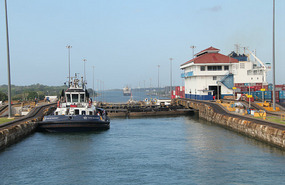
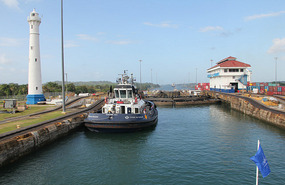
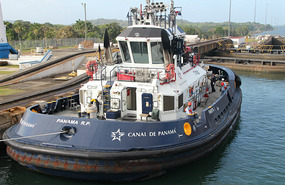
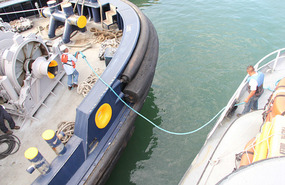
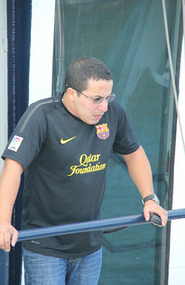
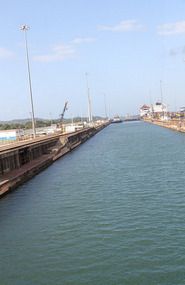
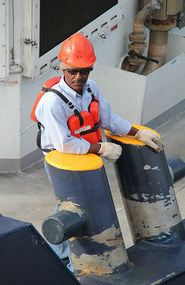
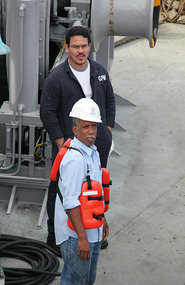
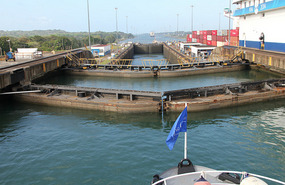
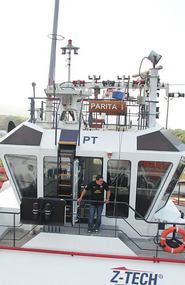
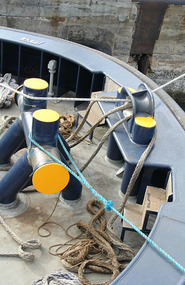
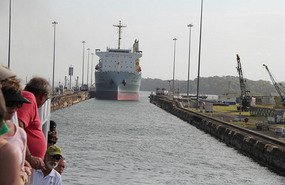
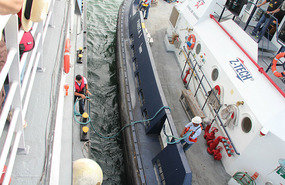
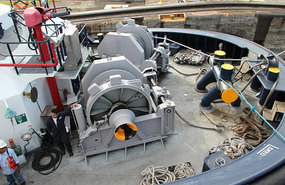
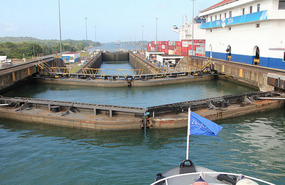
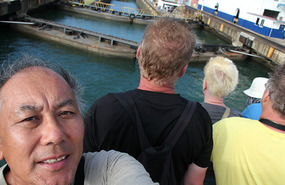
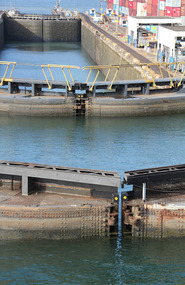
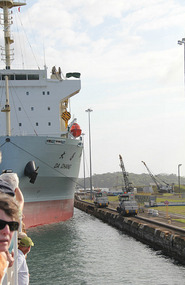
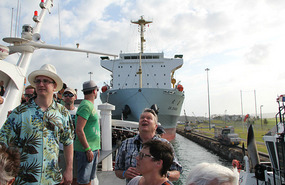
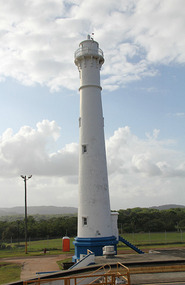

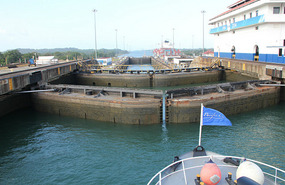
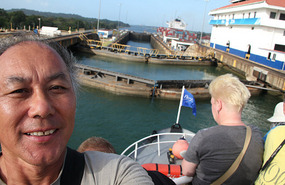
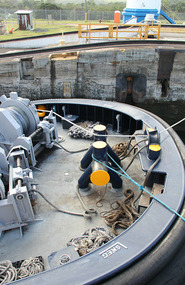
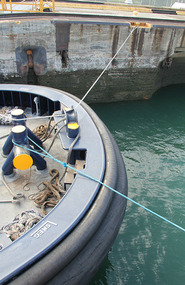
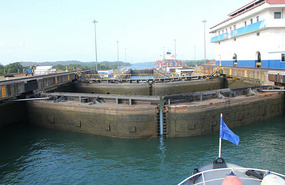
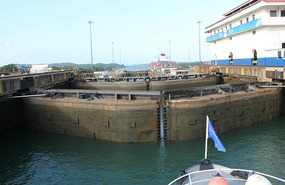
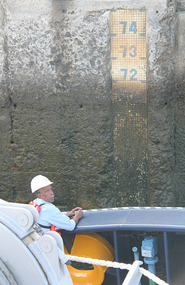
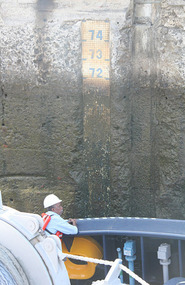
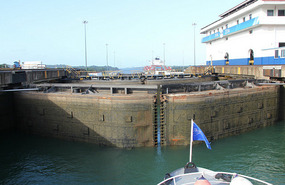
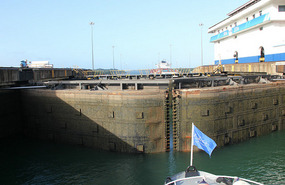
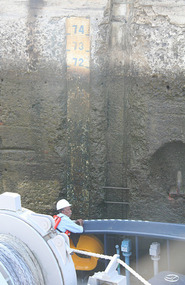
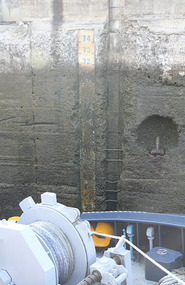
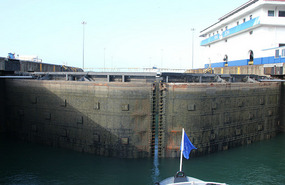
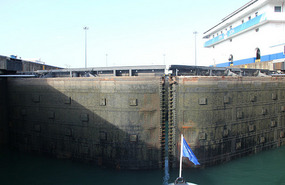
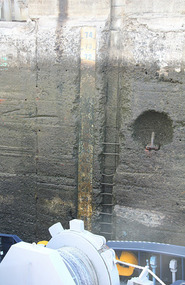
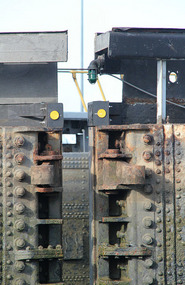
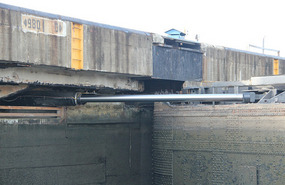
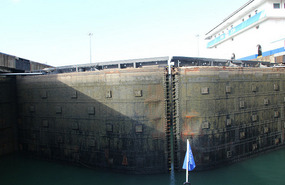
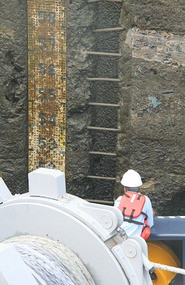
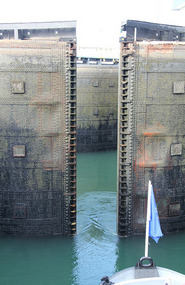
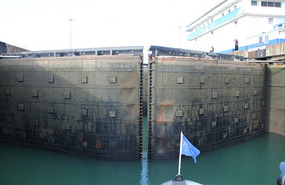
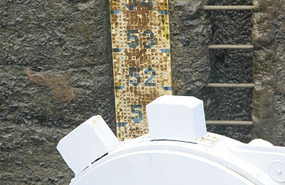
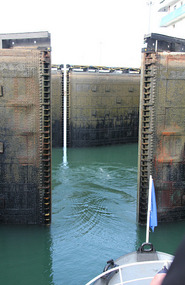
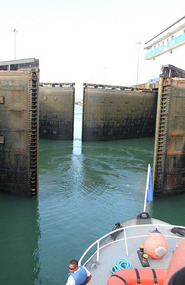
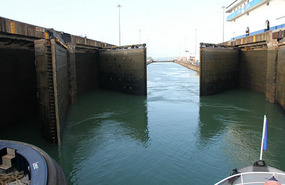
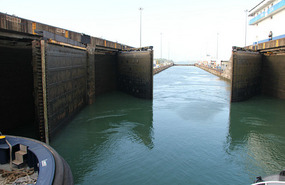
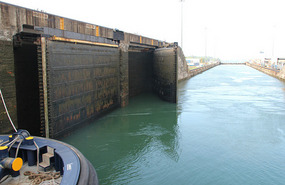
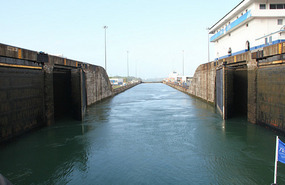
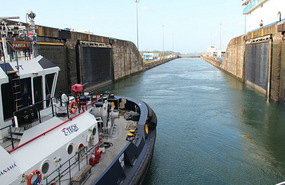
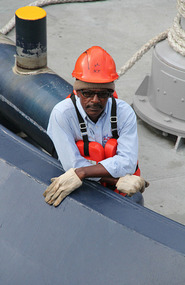
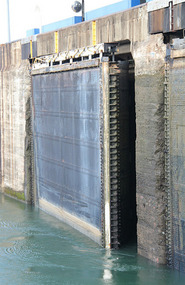
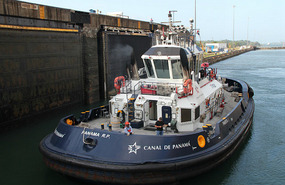
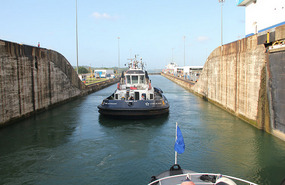
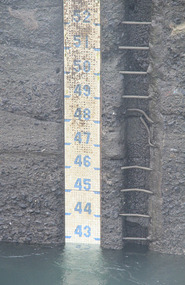
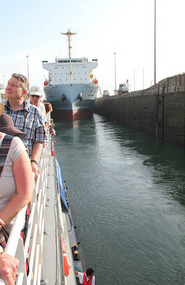
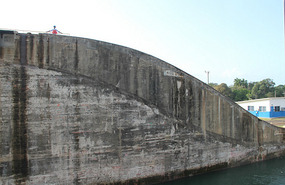

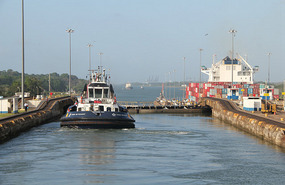
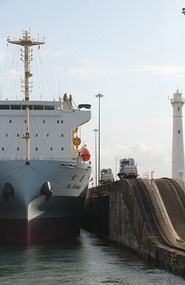
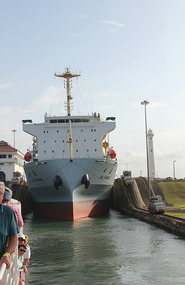
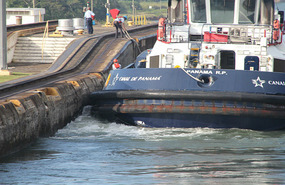


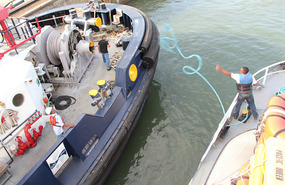
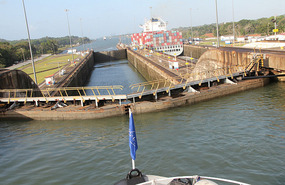
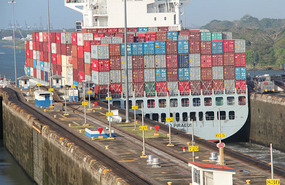
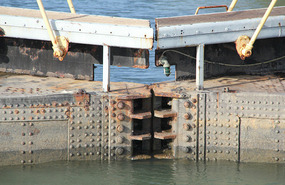
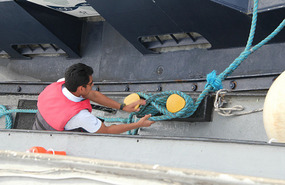
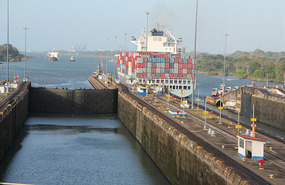
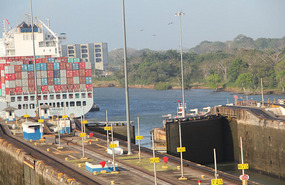

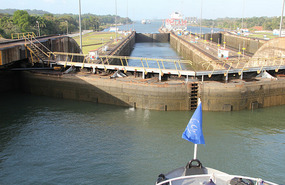
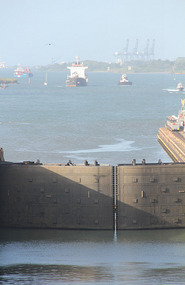
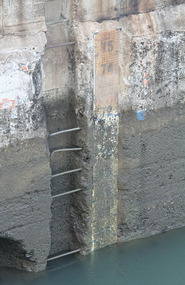

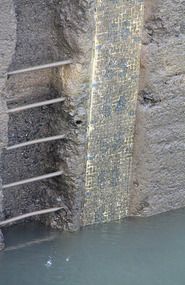
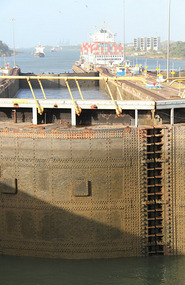
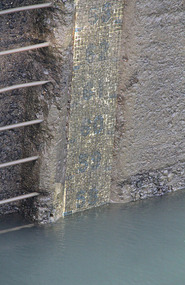
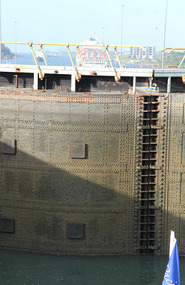
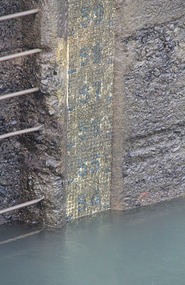
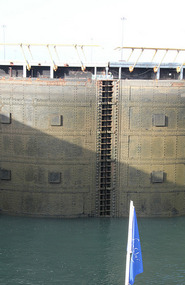
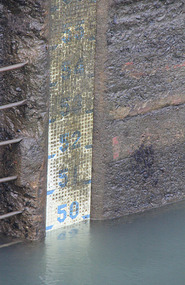
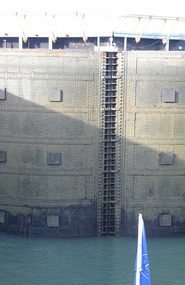
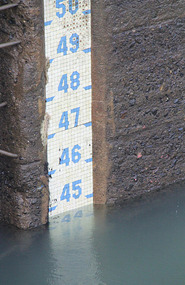
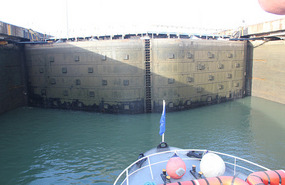
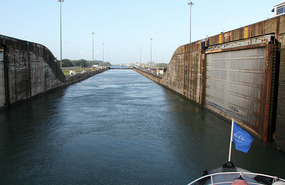

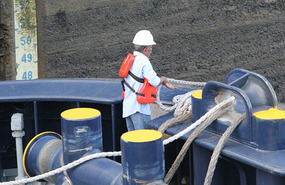
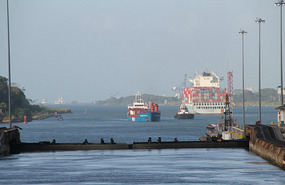
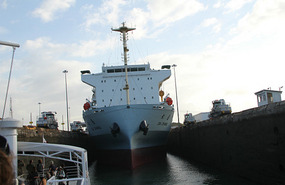
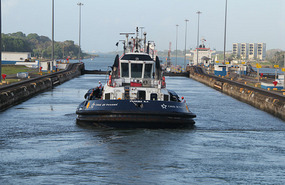
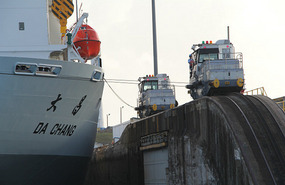
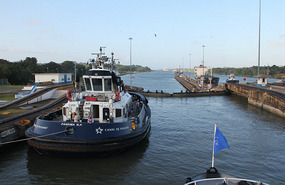
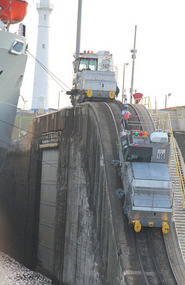
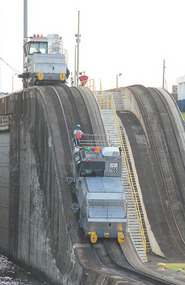
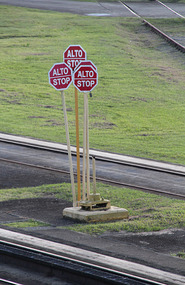
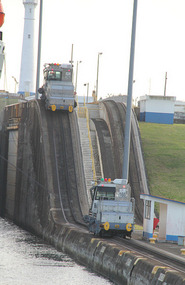
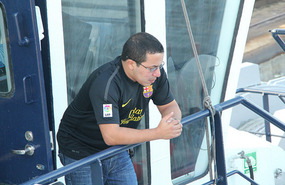

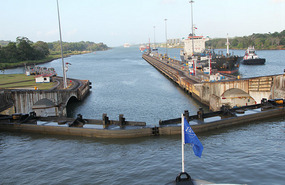
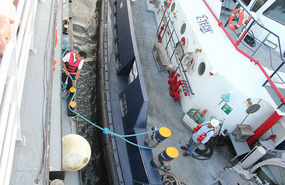
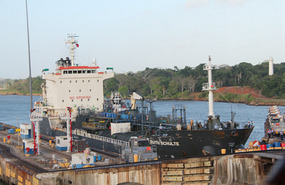
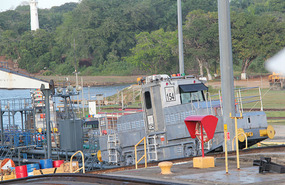
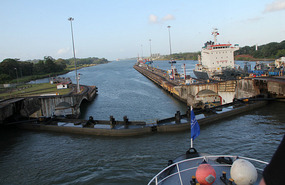
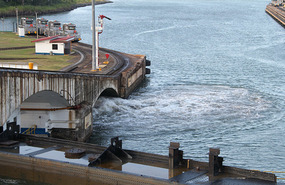
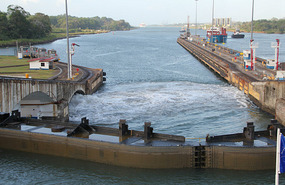
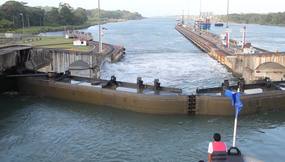

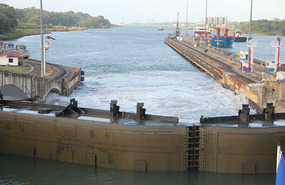
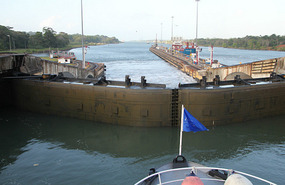
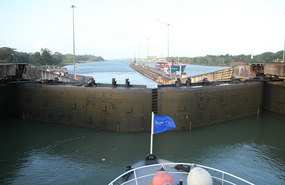
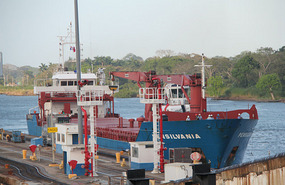
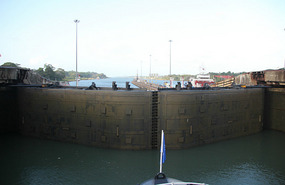
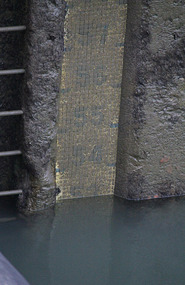
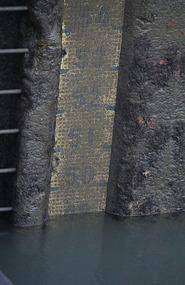
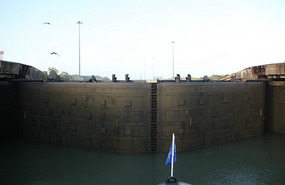

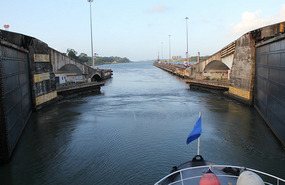
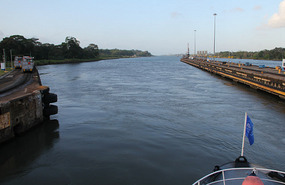
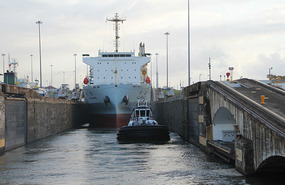
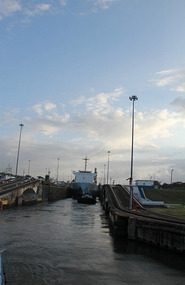
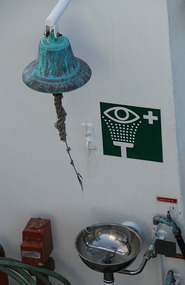
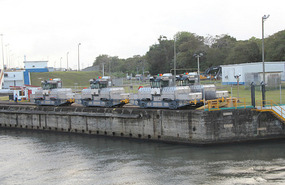
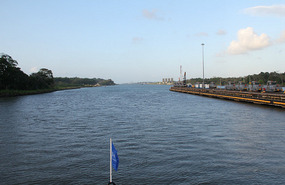
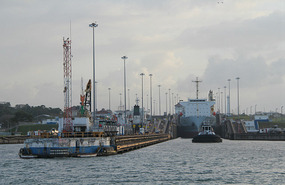
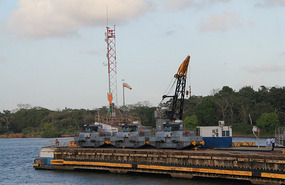
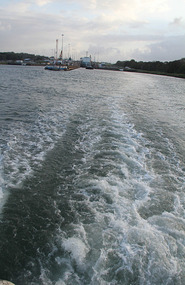

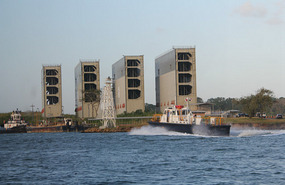
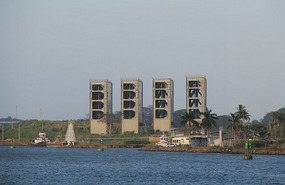
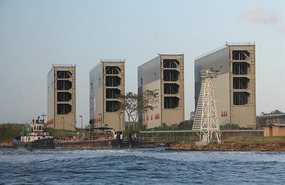
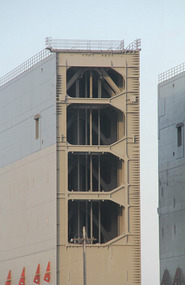
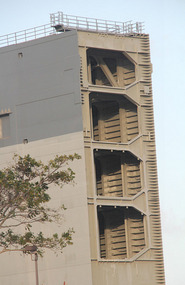
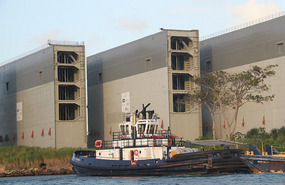
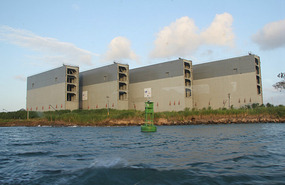
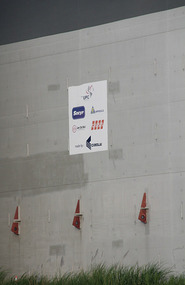
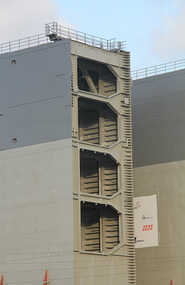
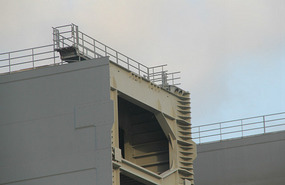

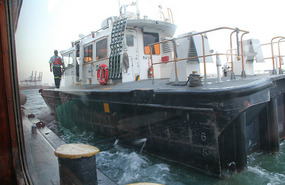

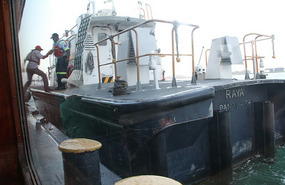
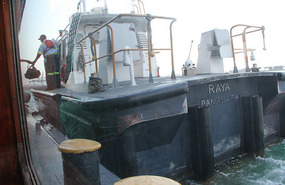

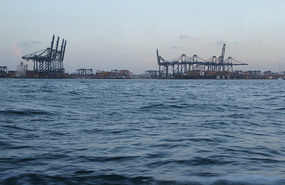
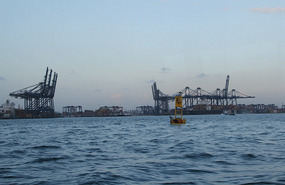
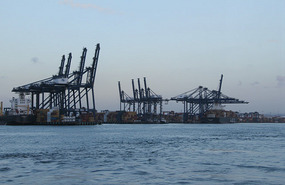
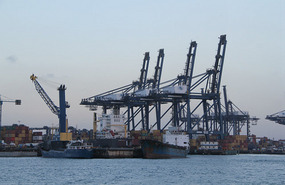
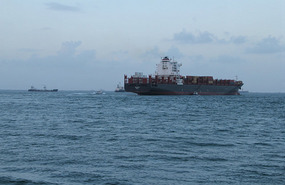
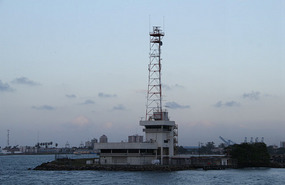
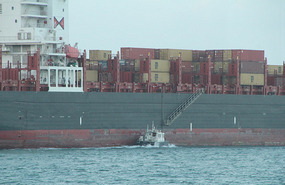
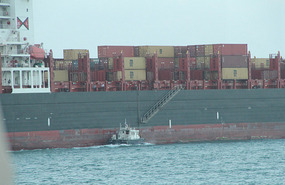
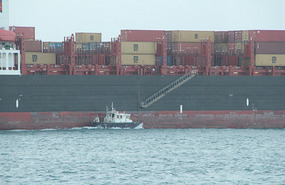
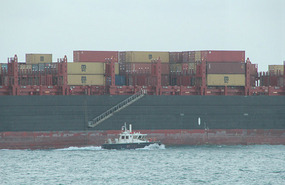
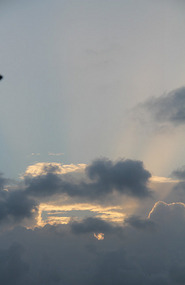
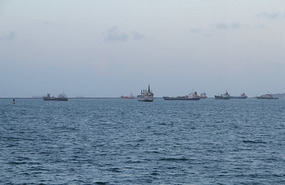
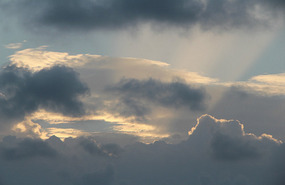
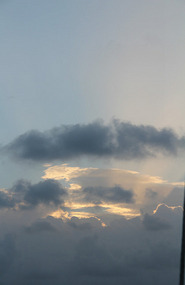
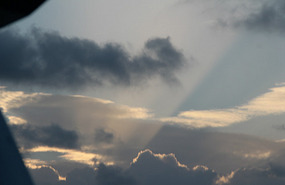
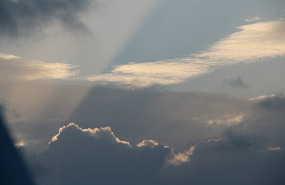
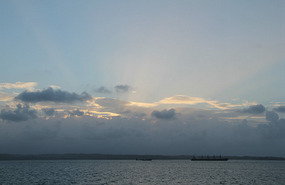
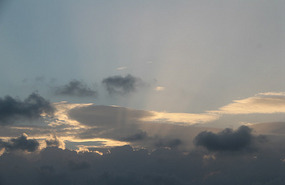
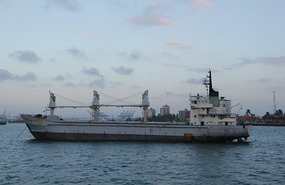
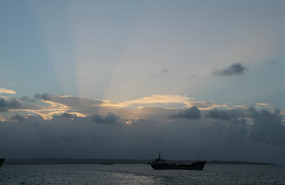
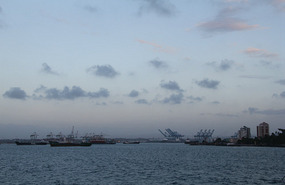
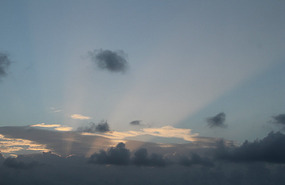

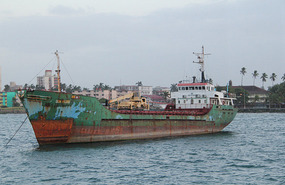
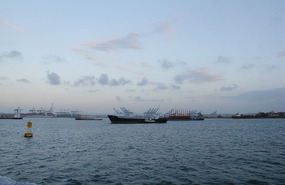
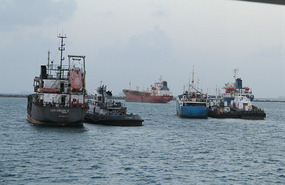
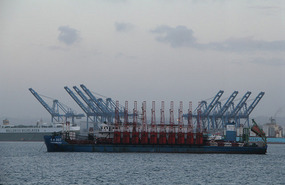
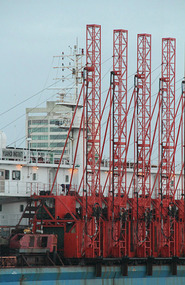
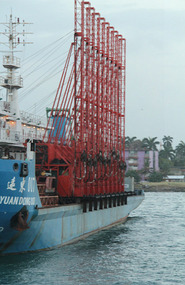
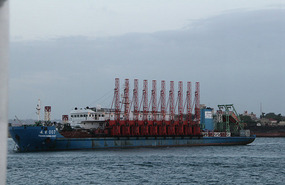
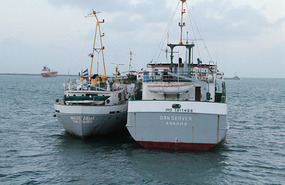
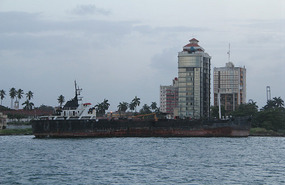

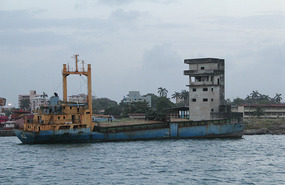
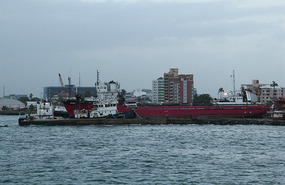
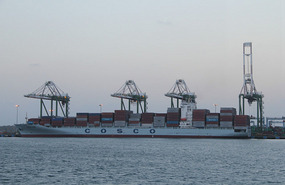
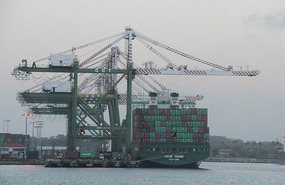

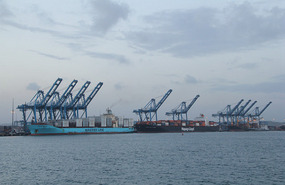
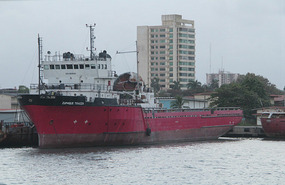
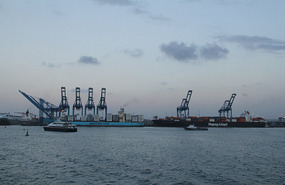
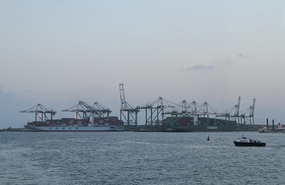
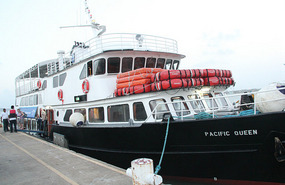
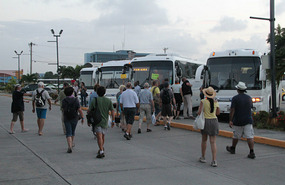
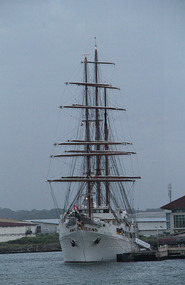


















Lucia Roges
2014-01-24
What a journey
Bruce! Looking through the photographs made me feel I was actually there, magnificent engineering and workmanship.